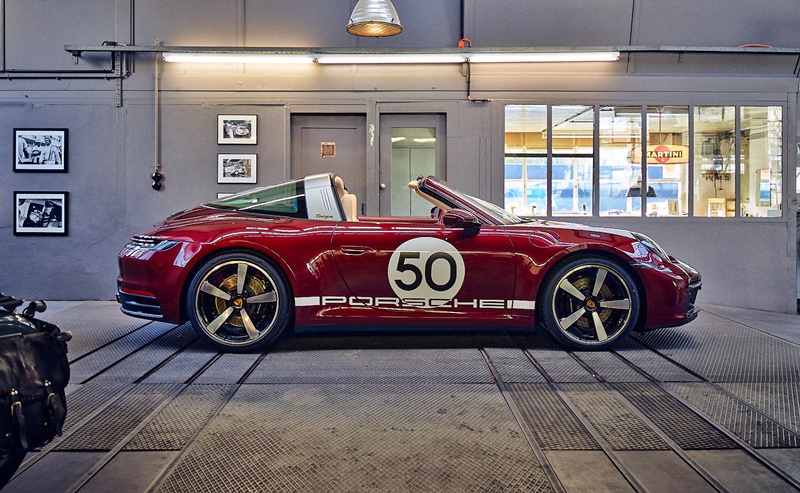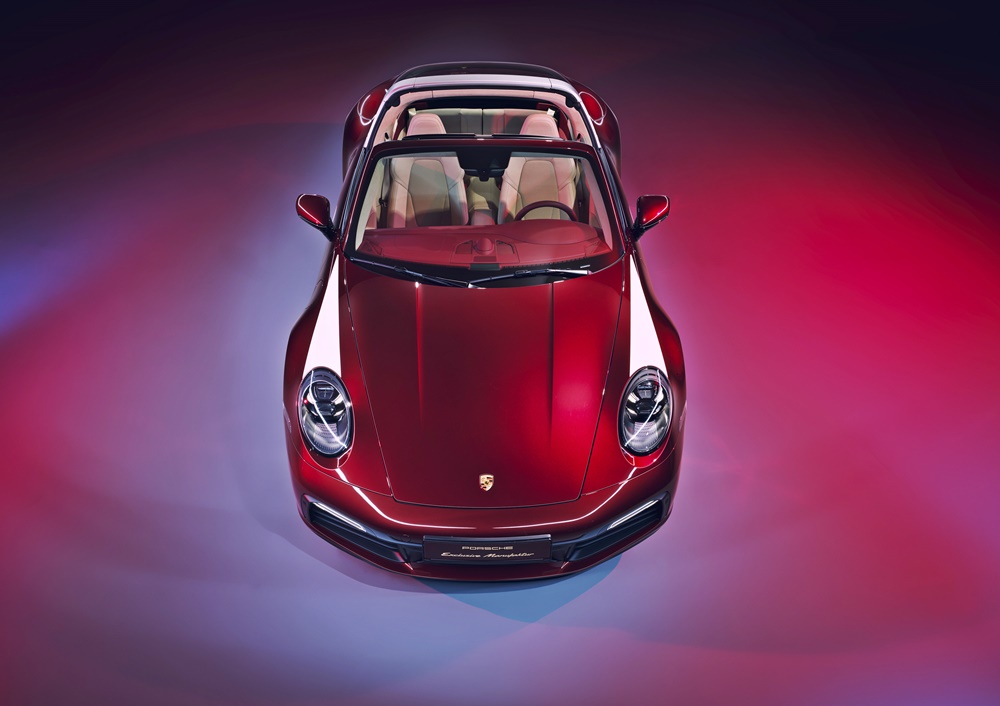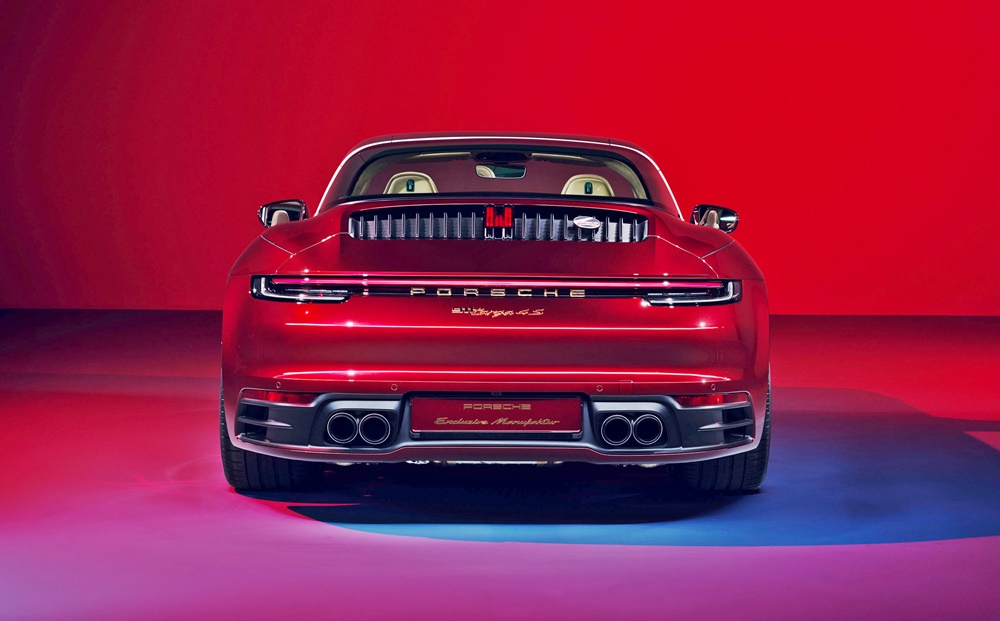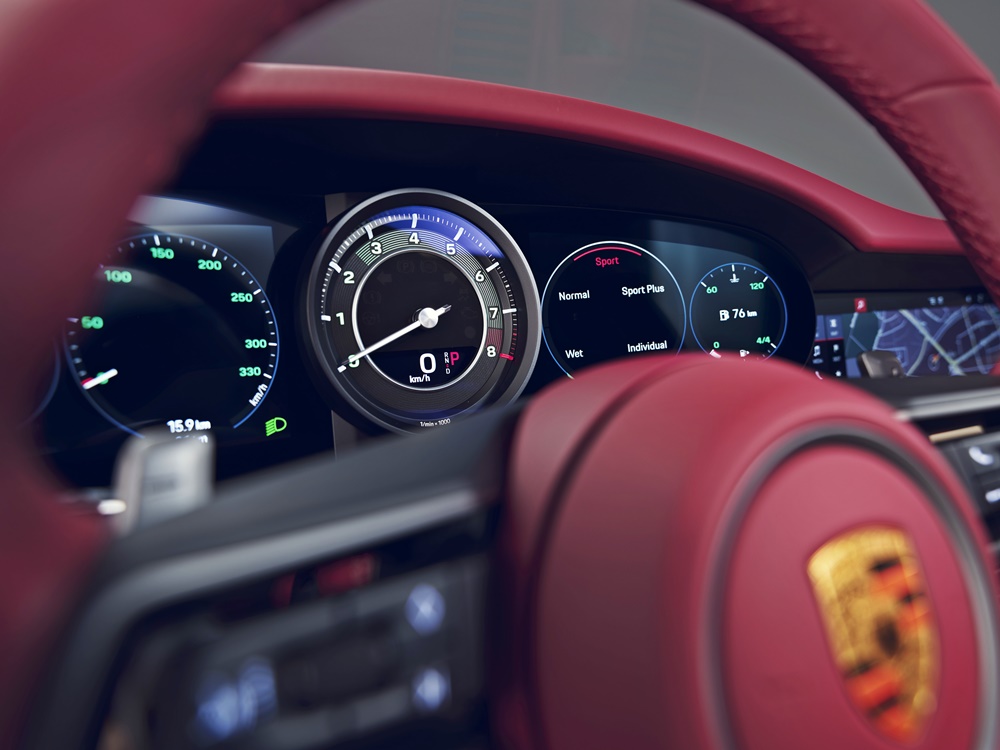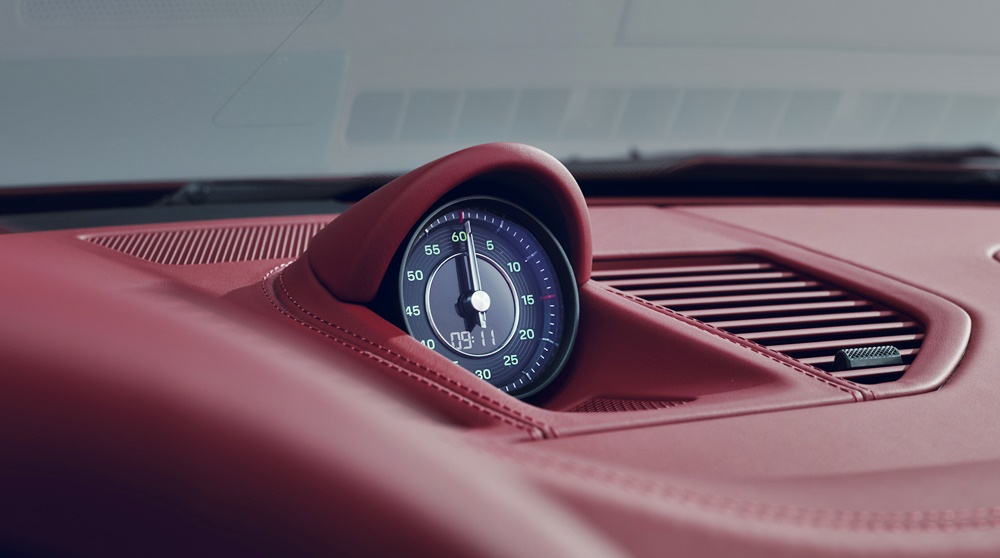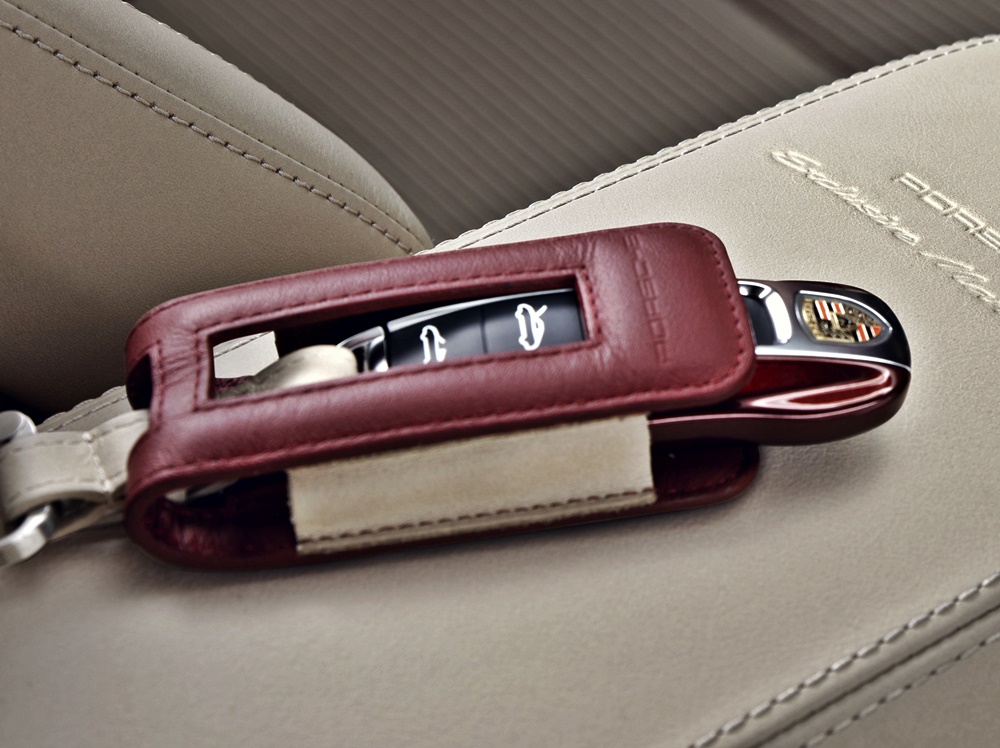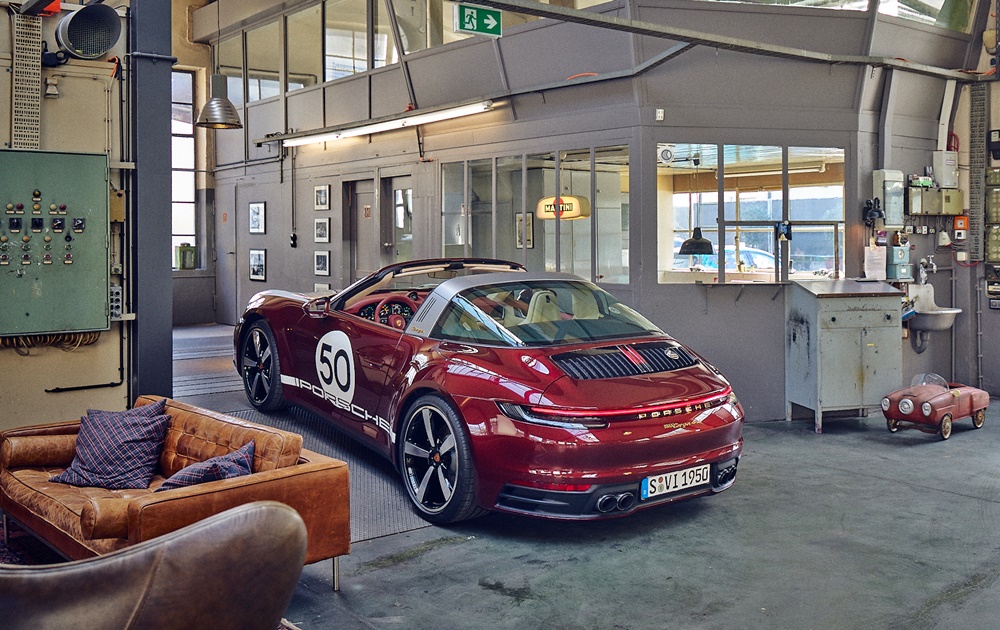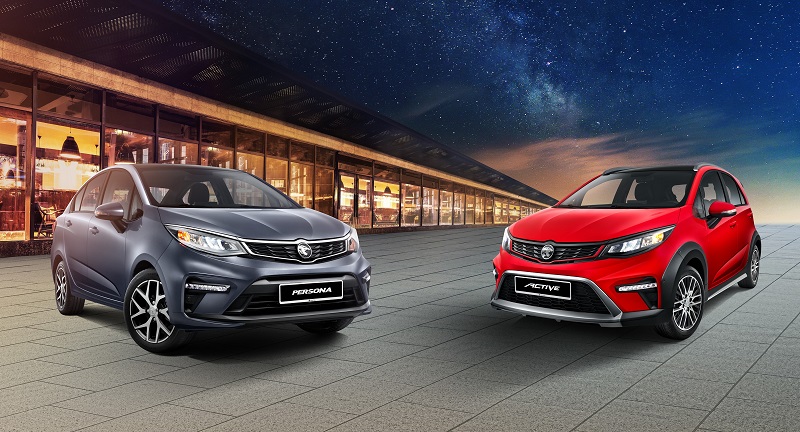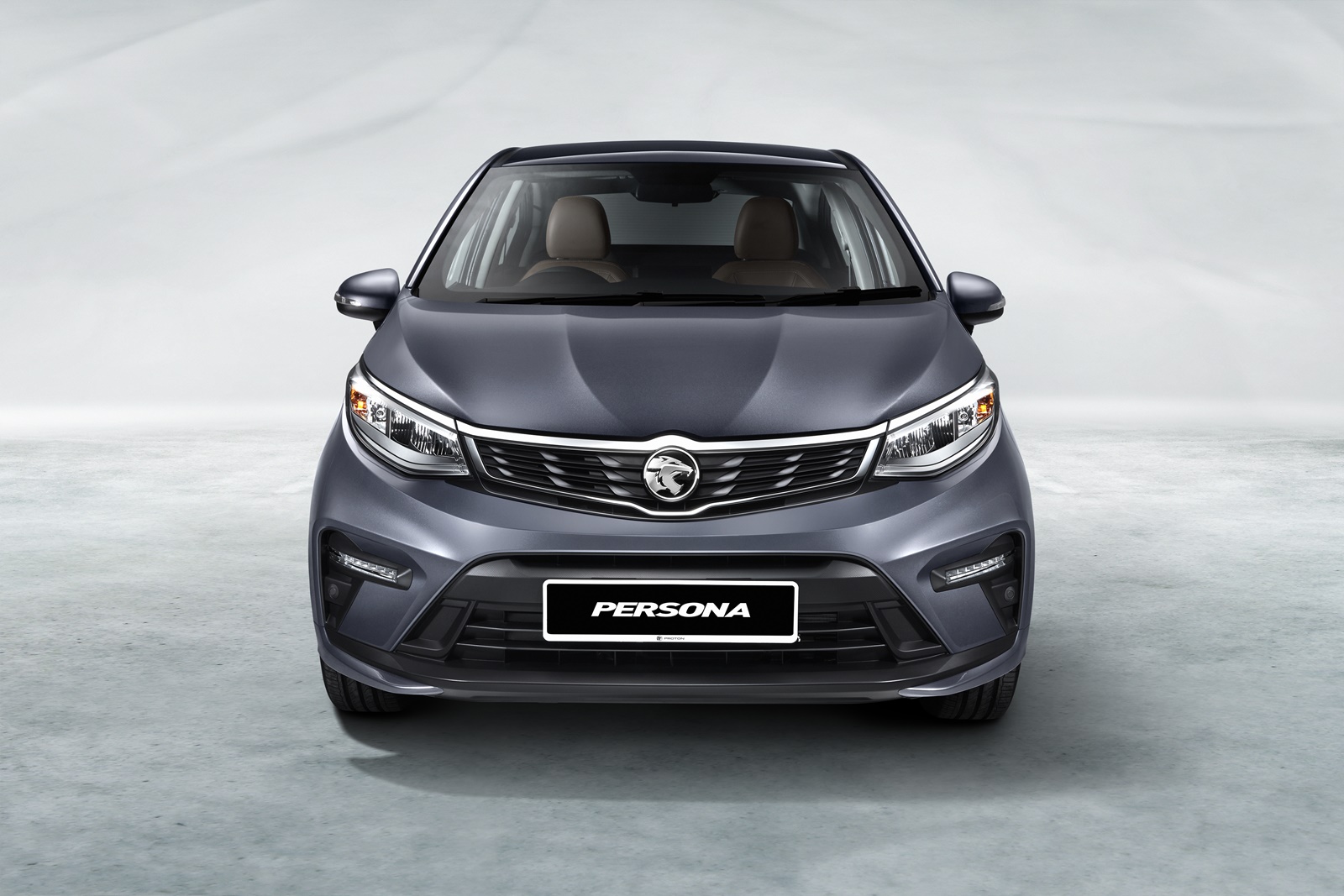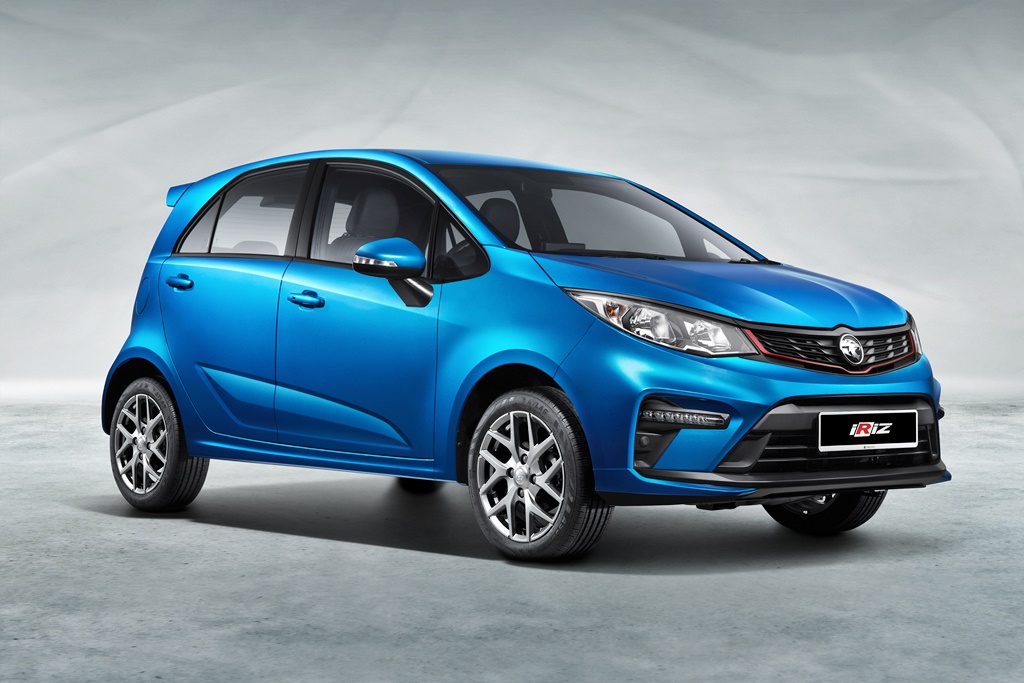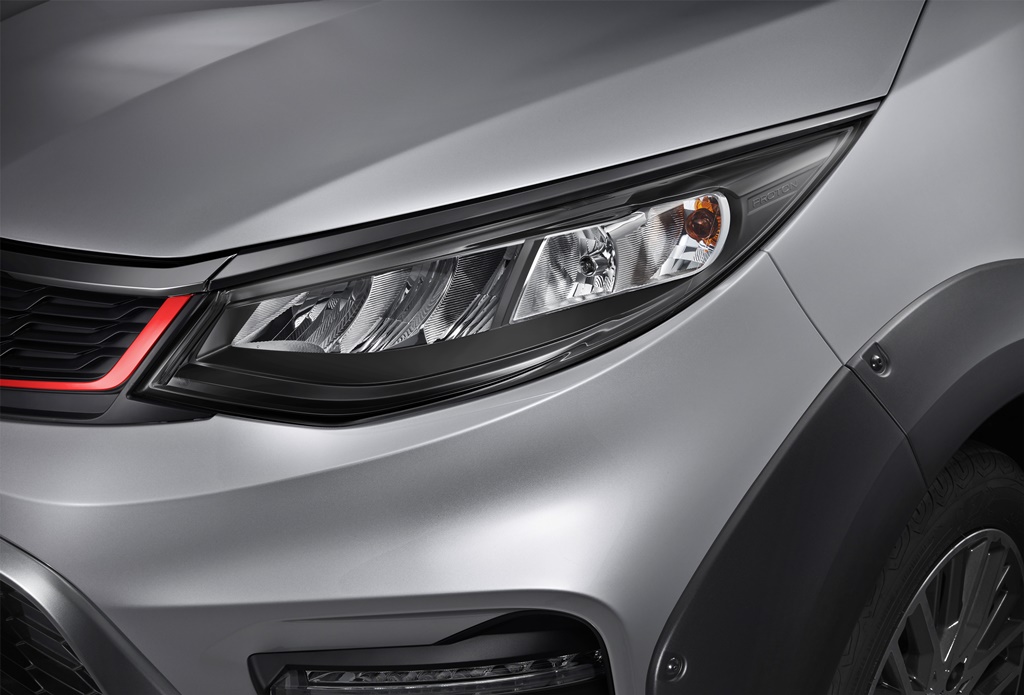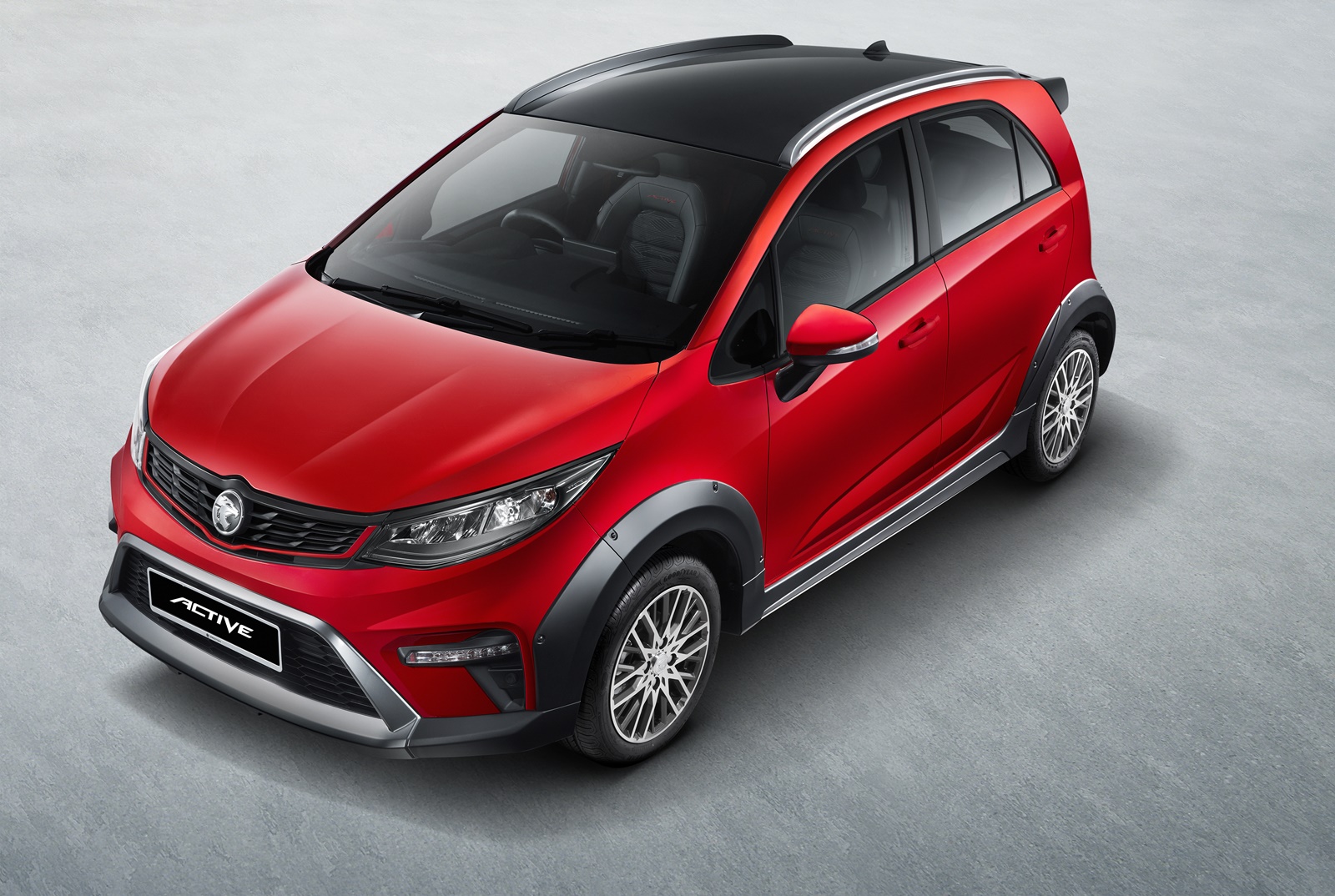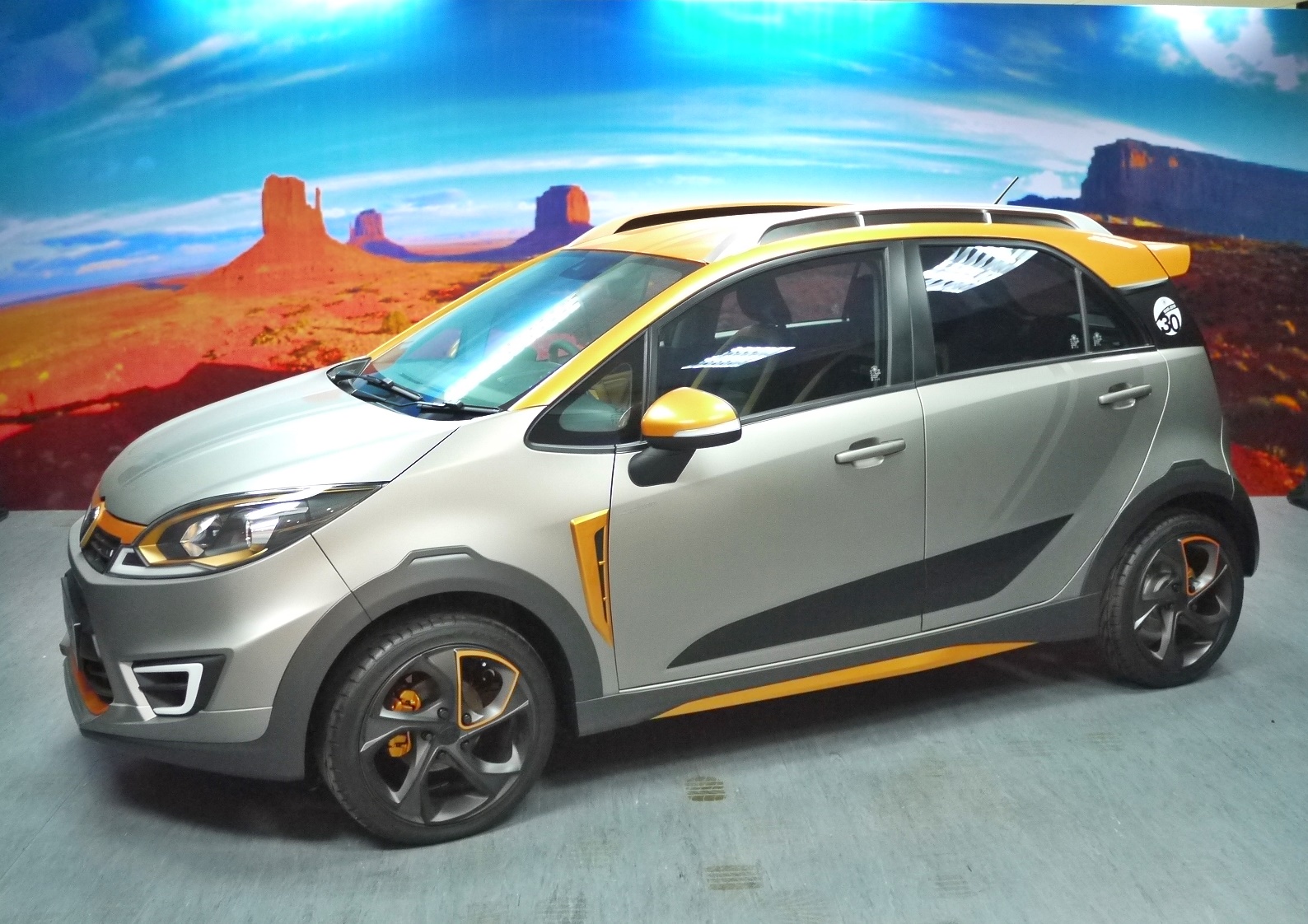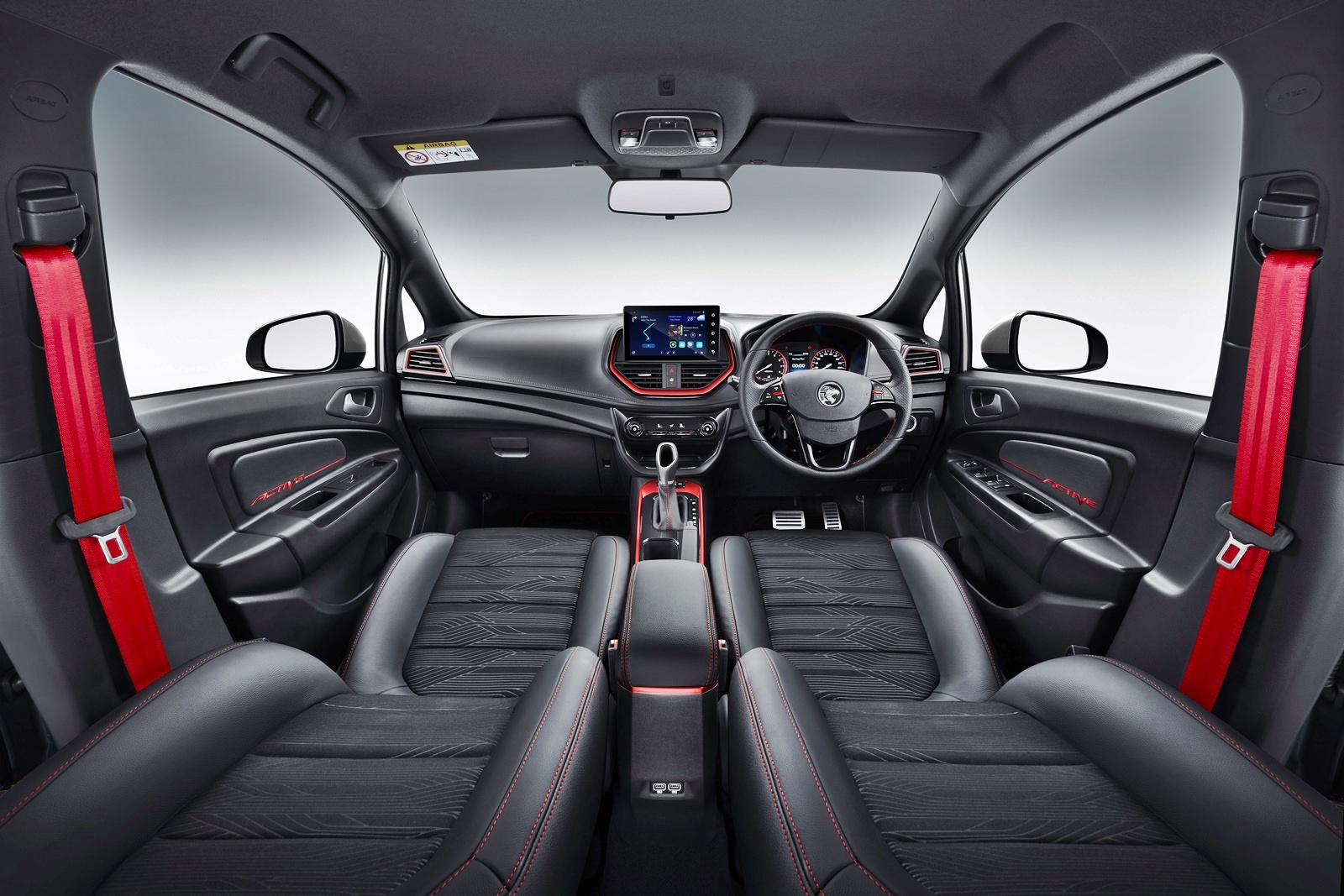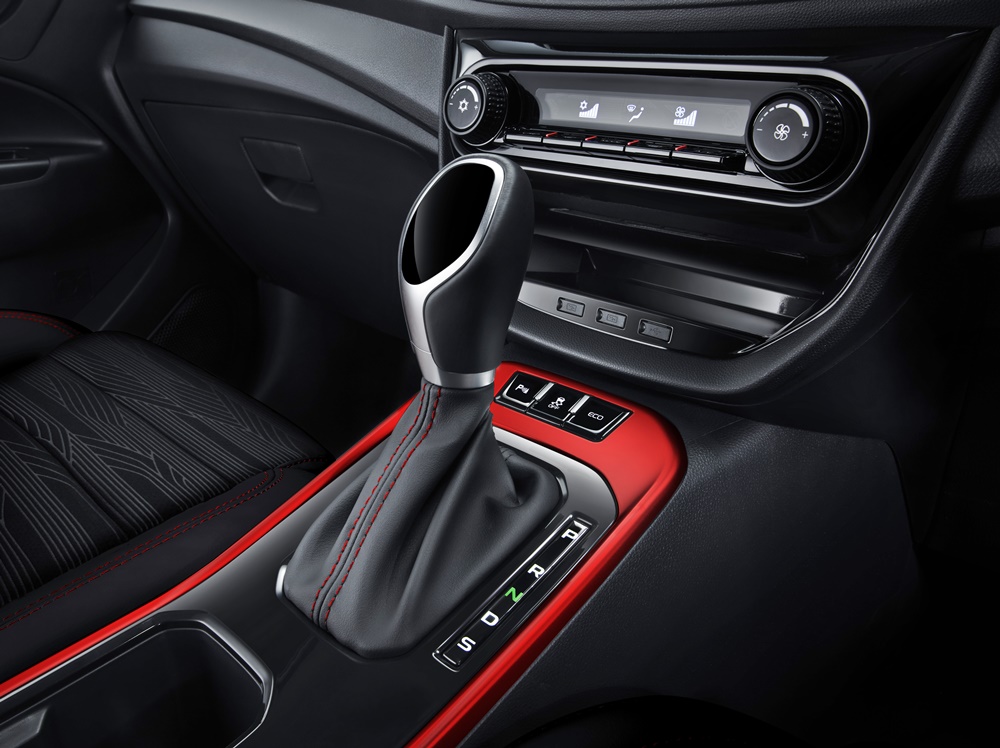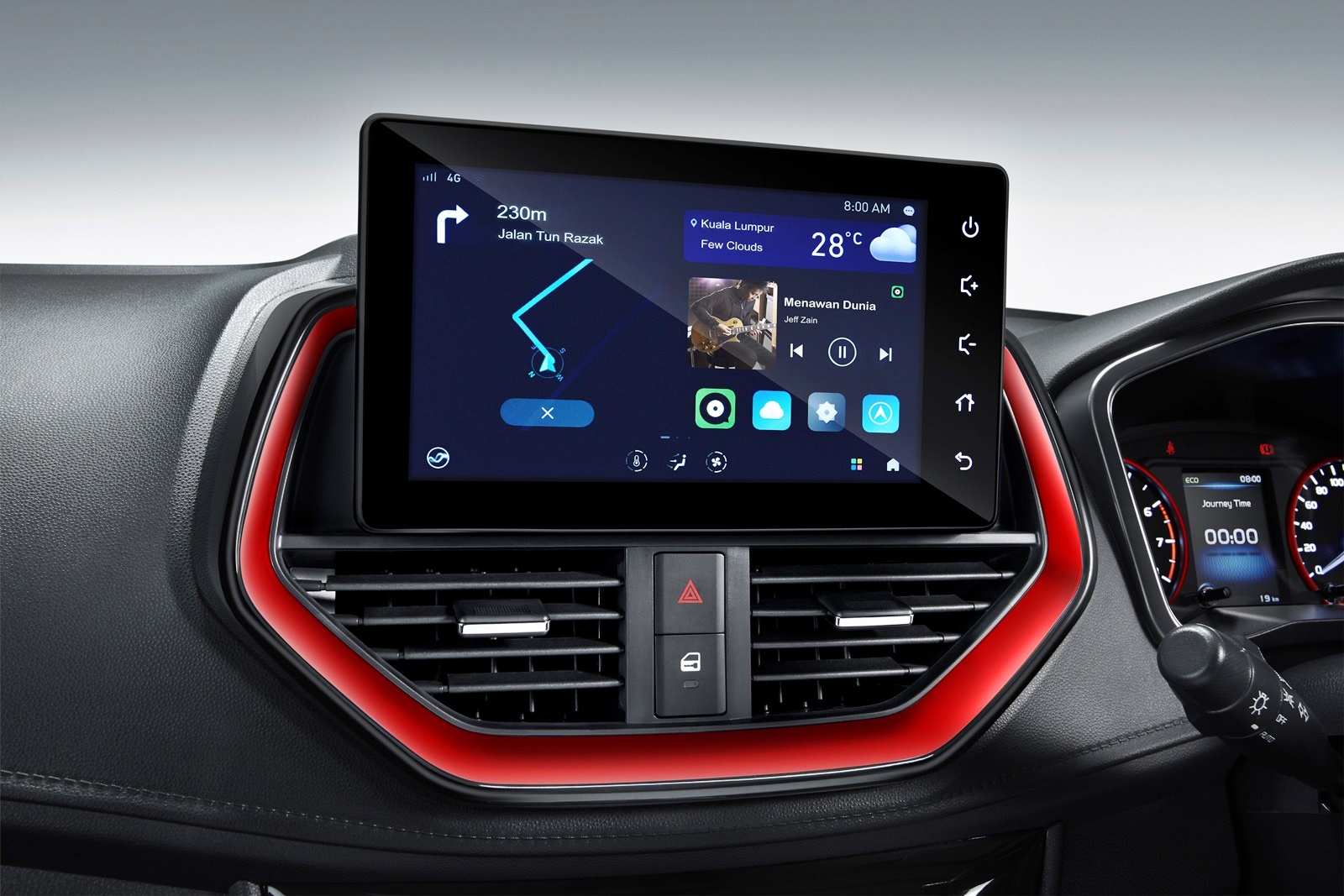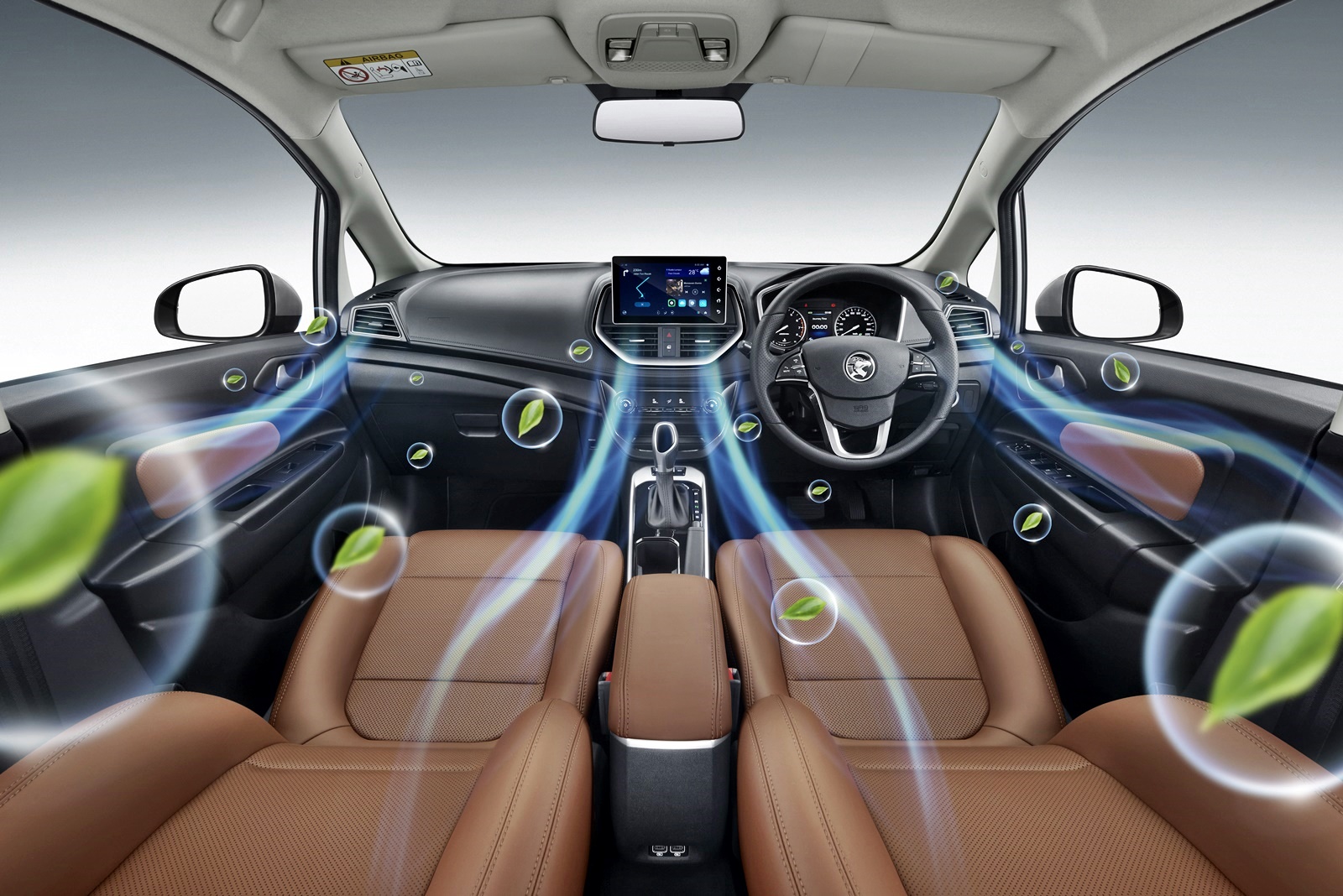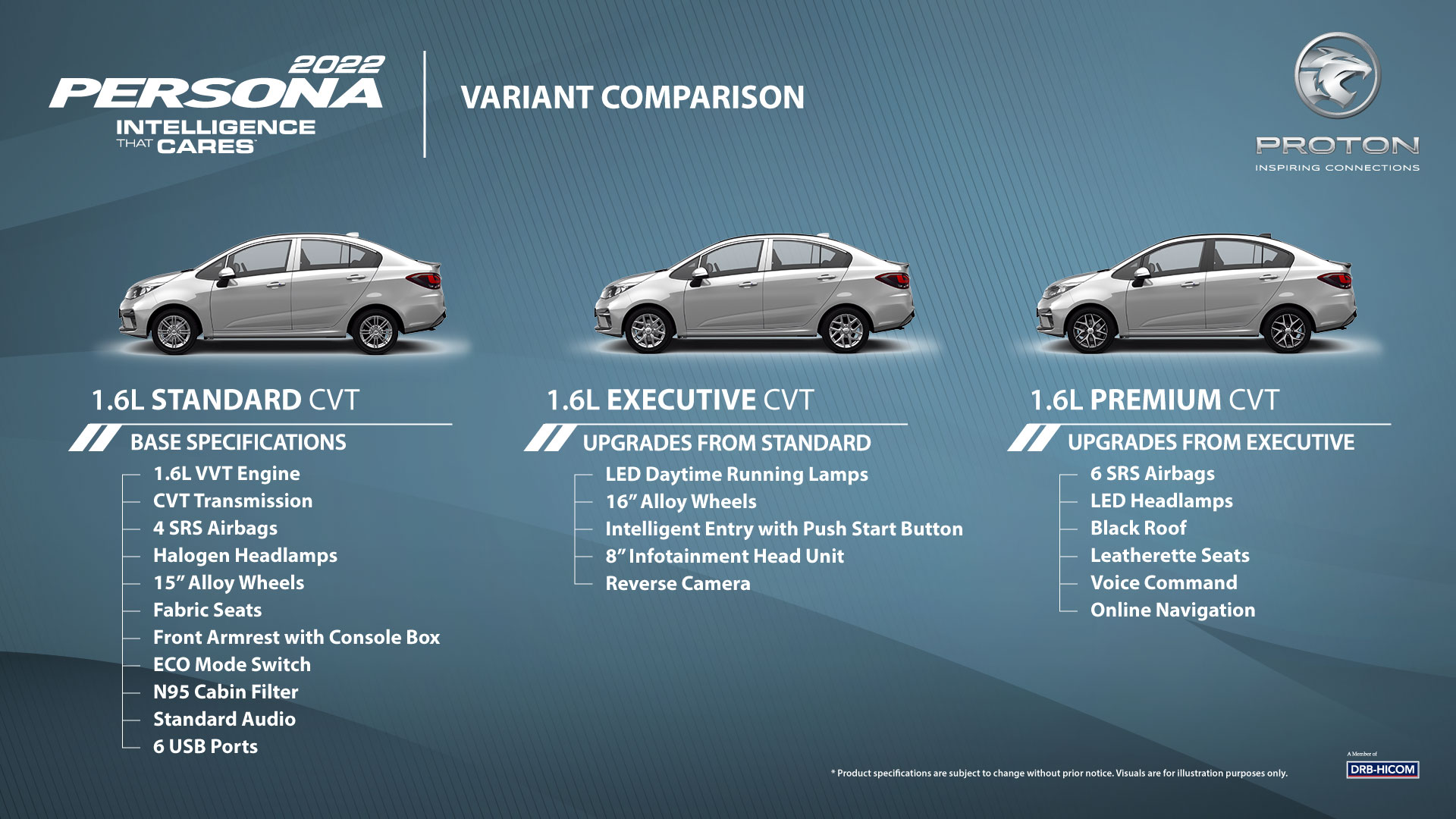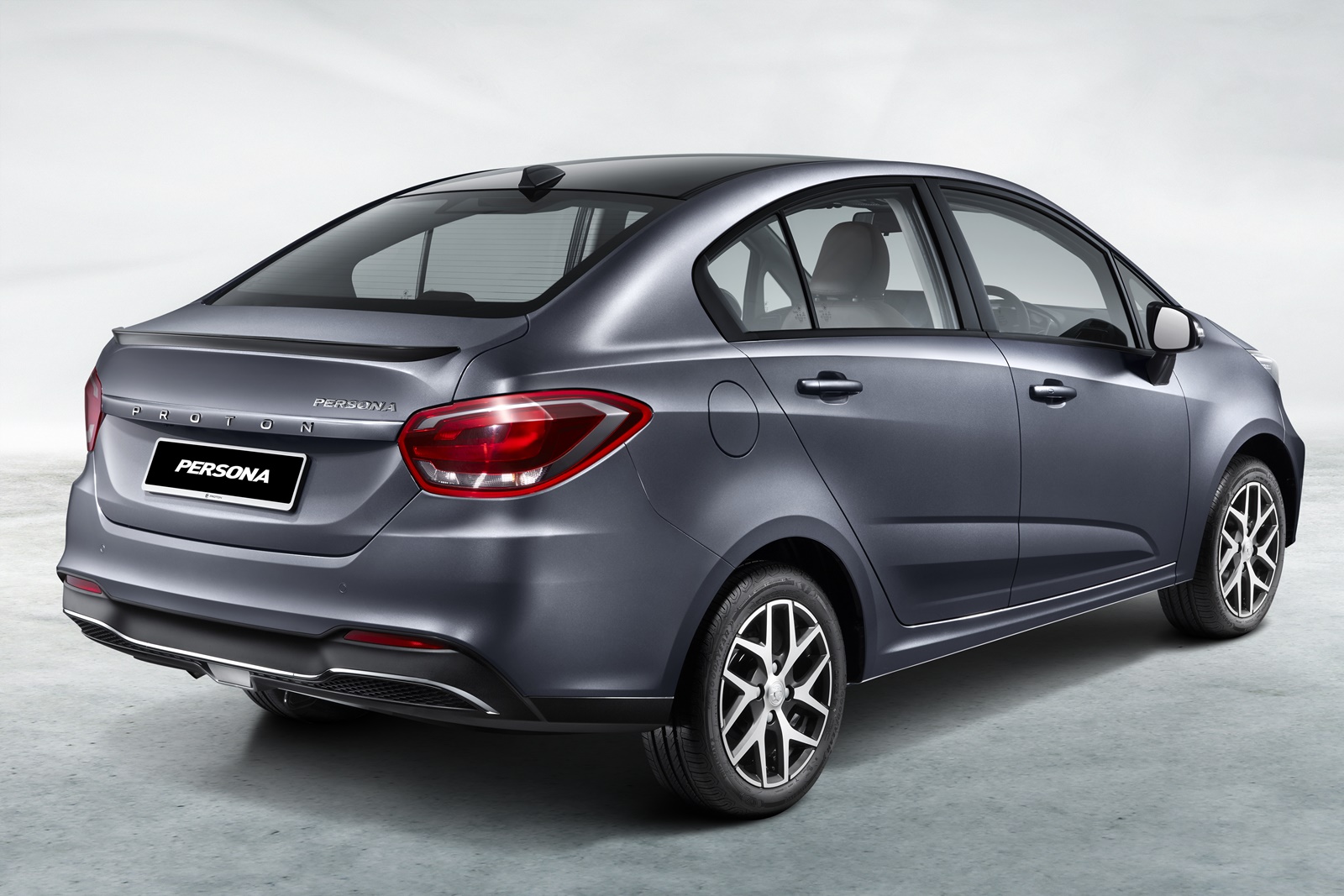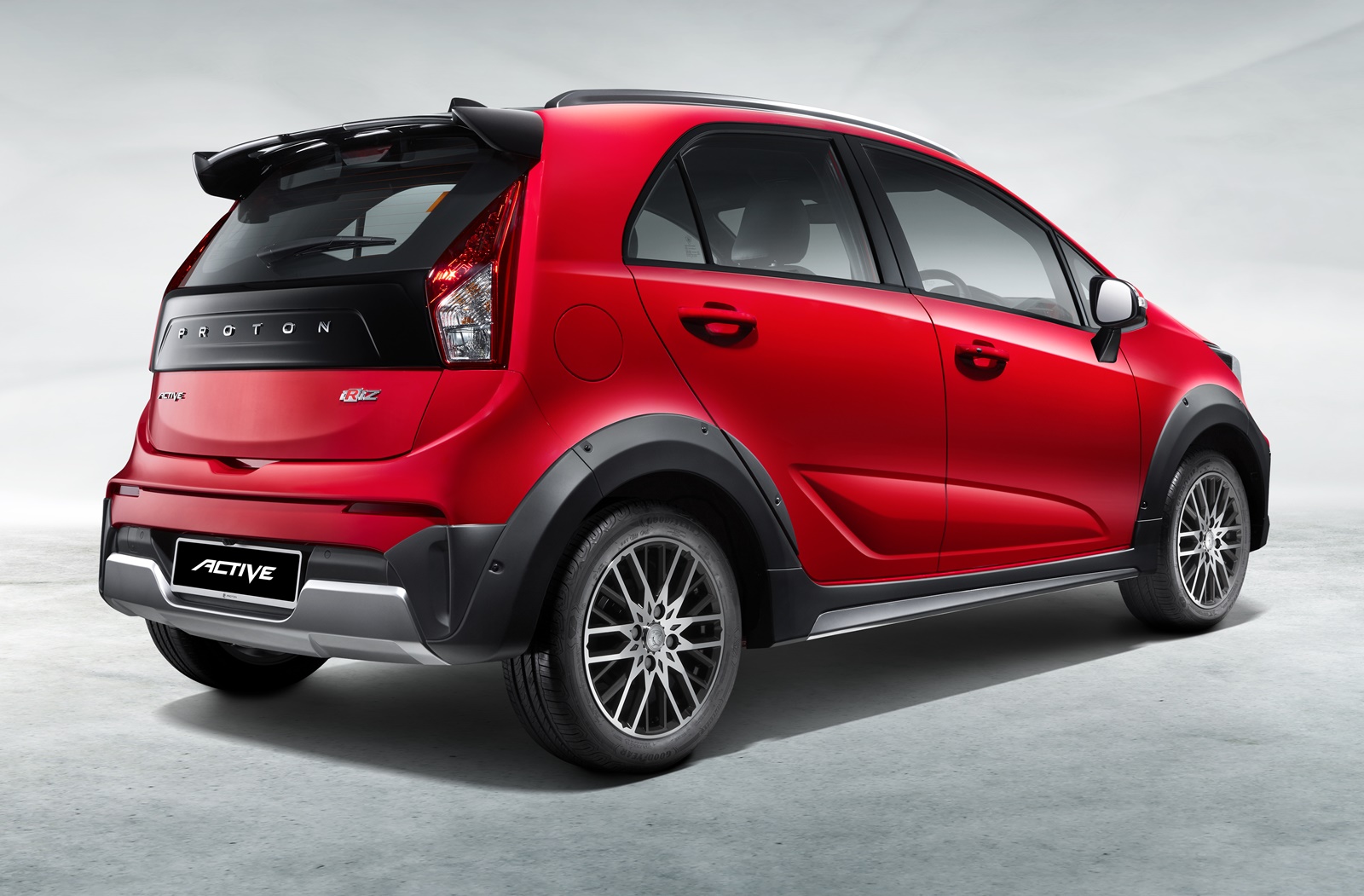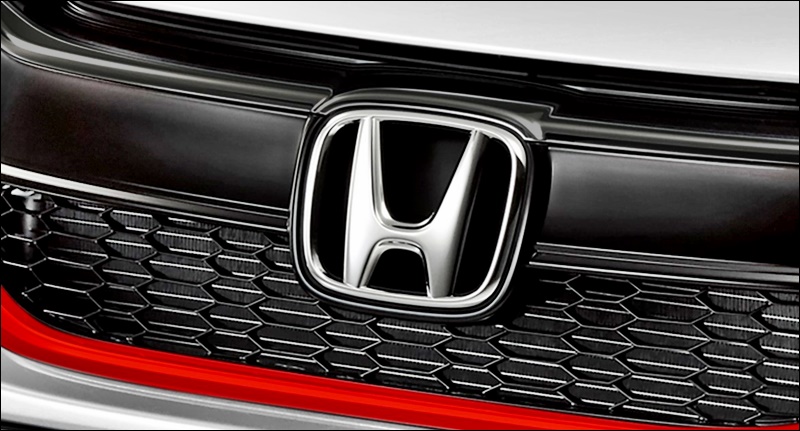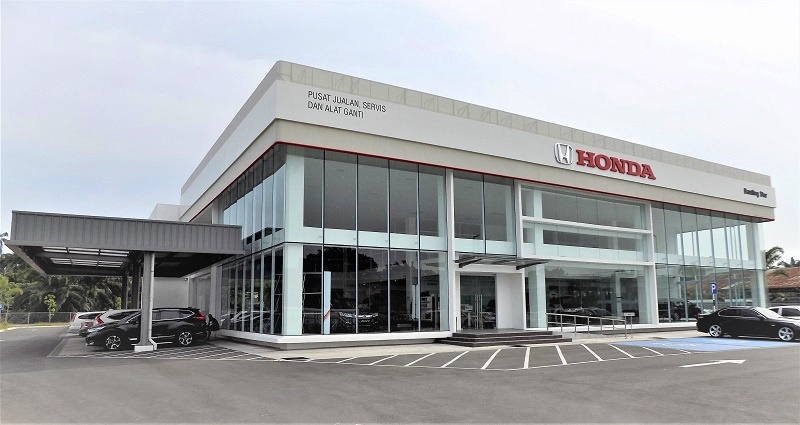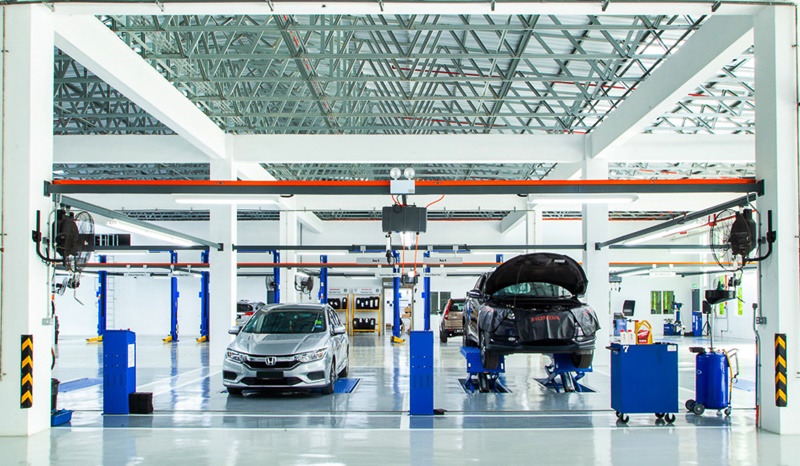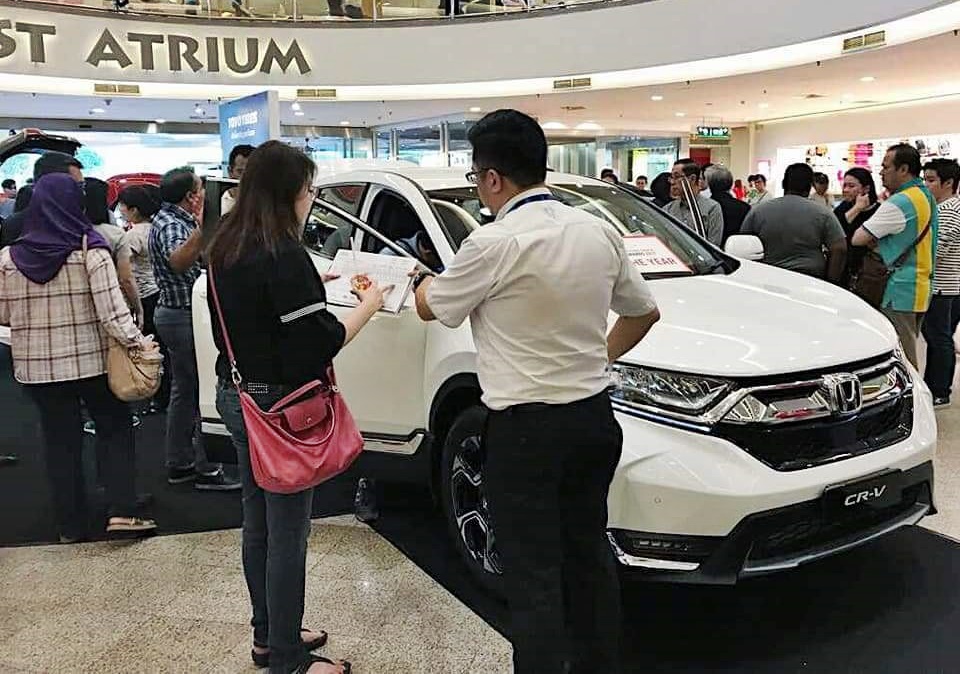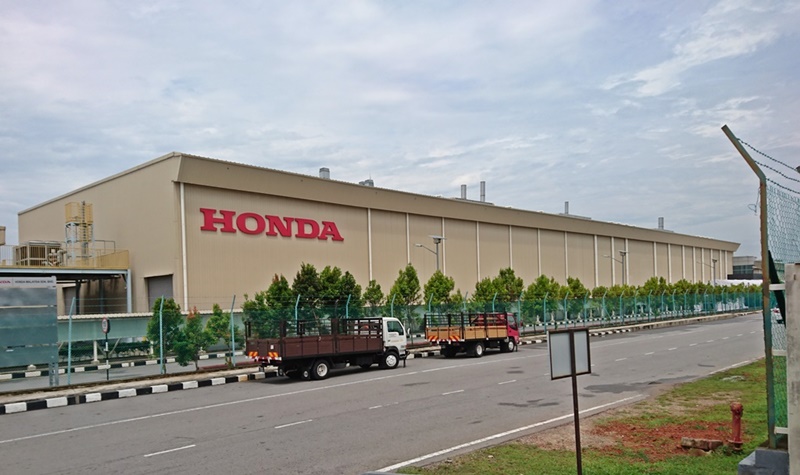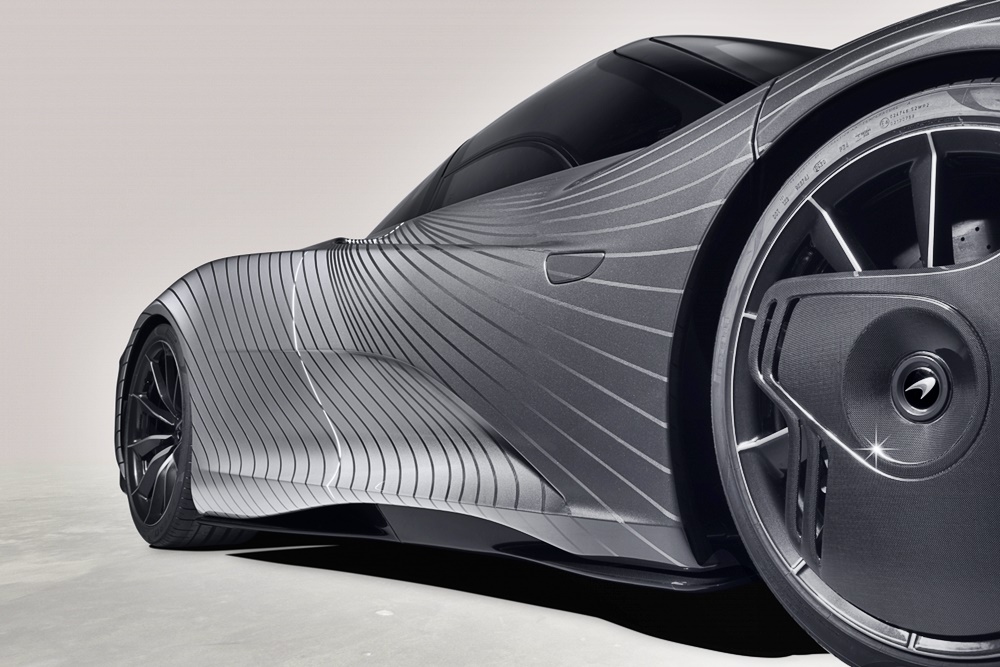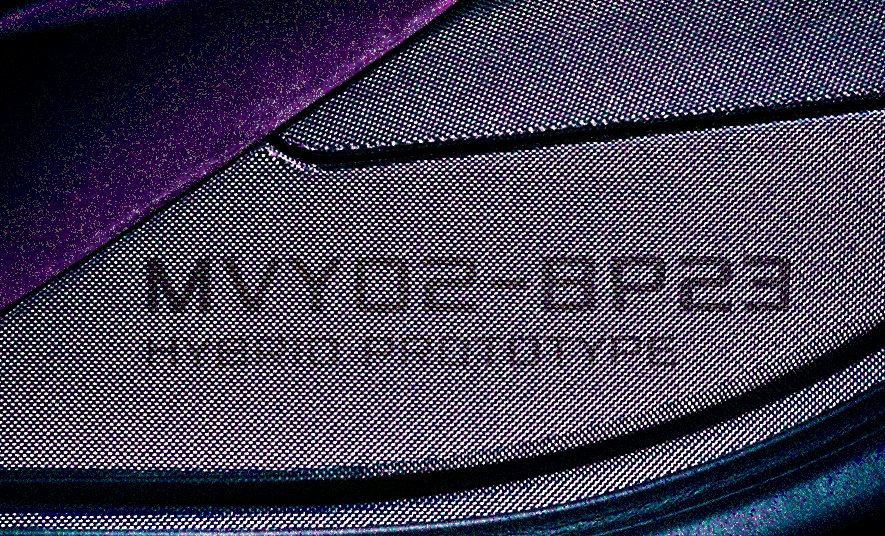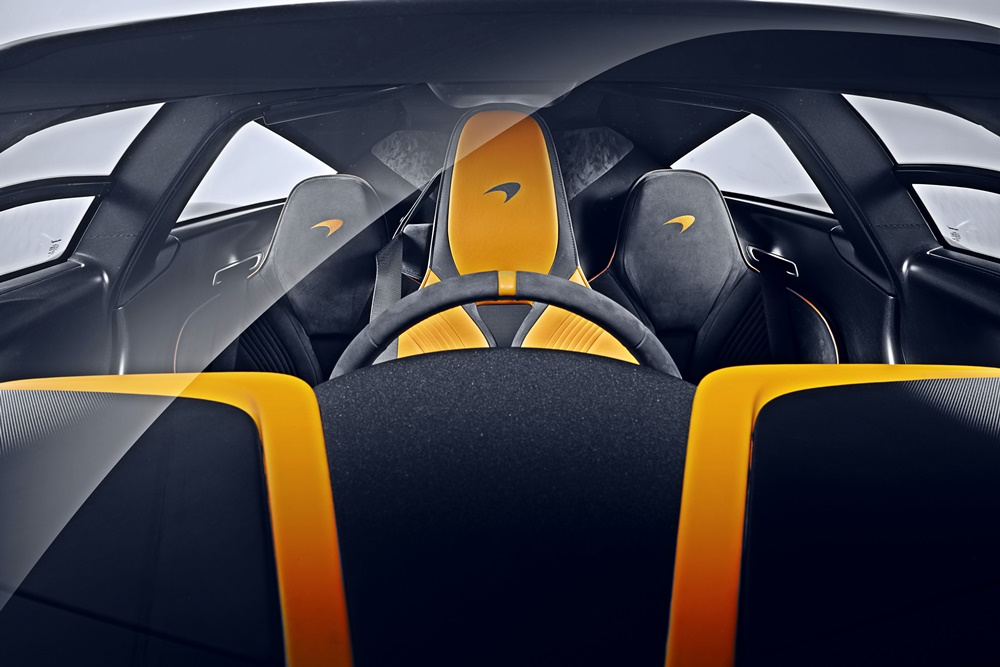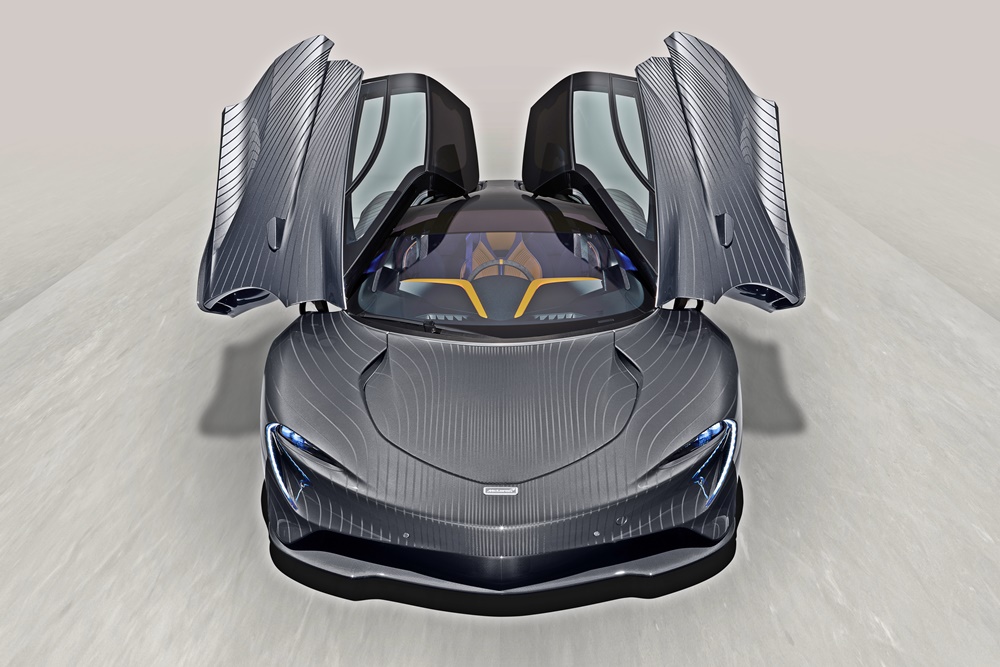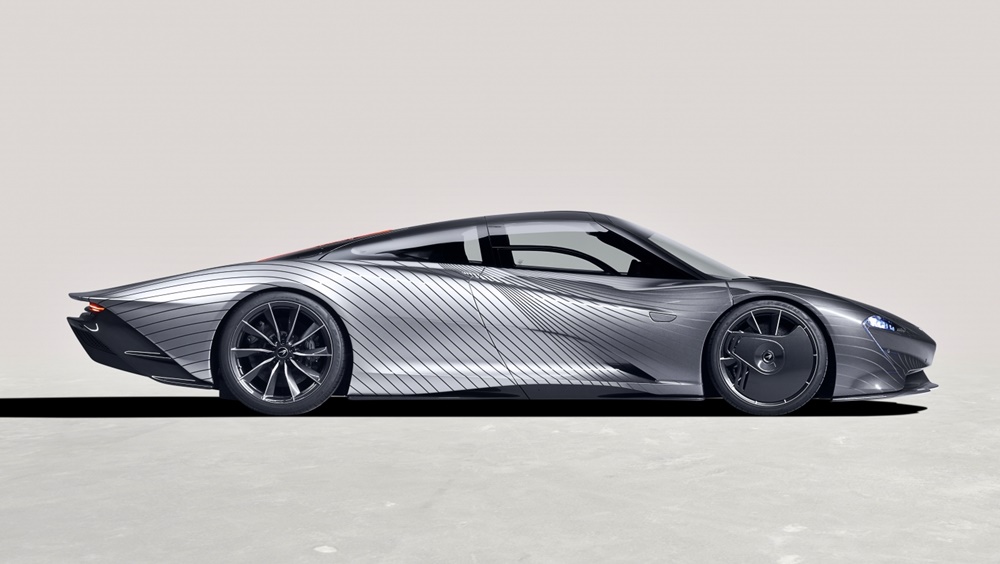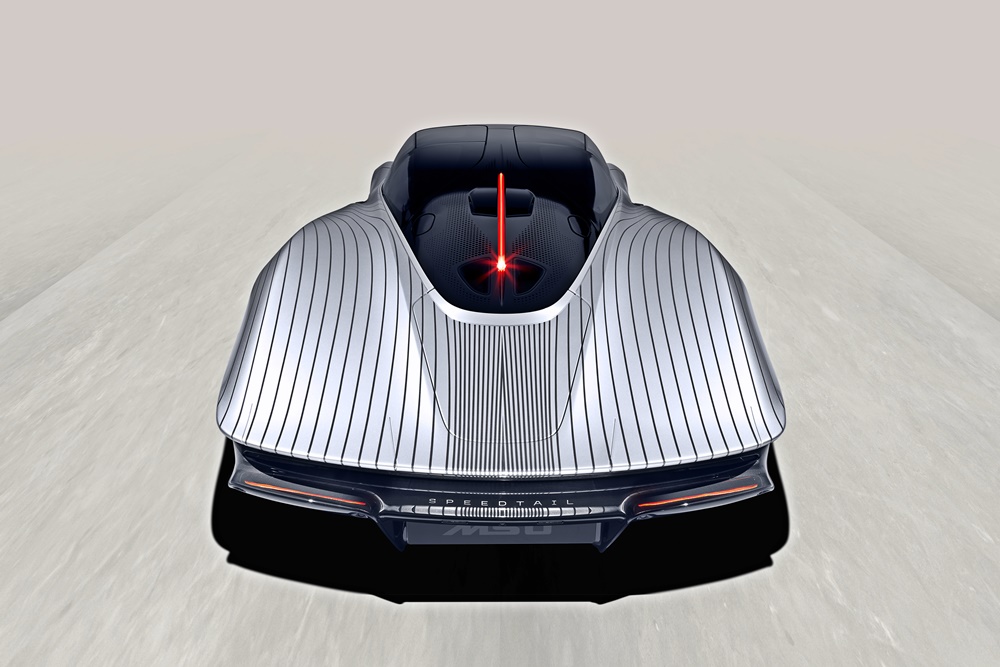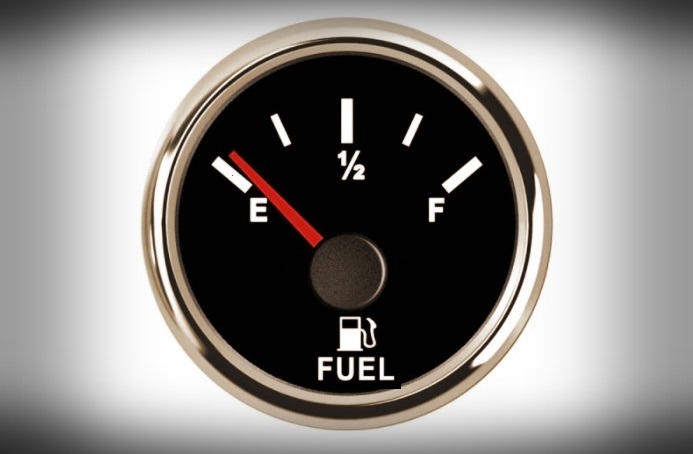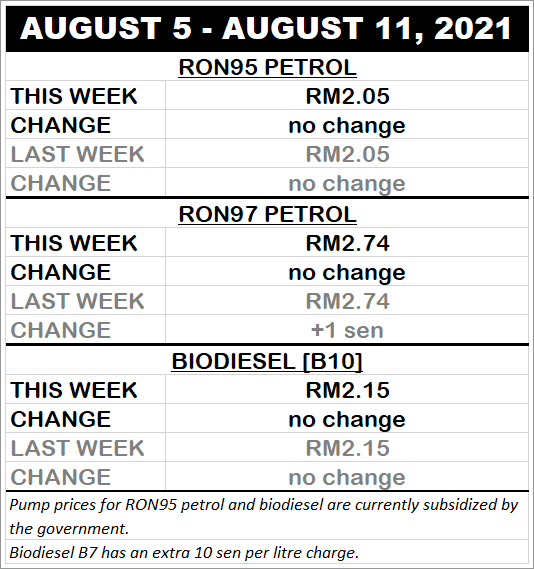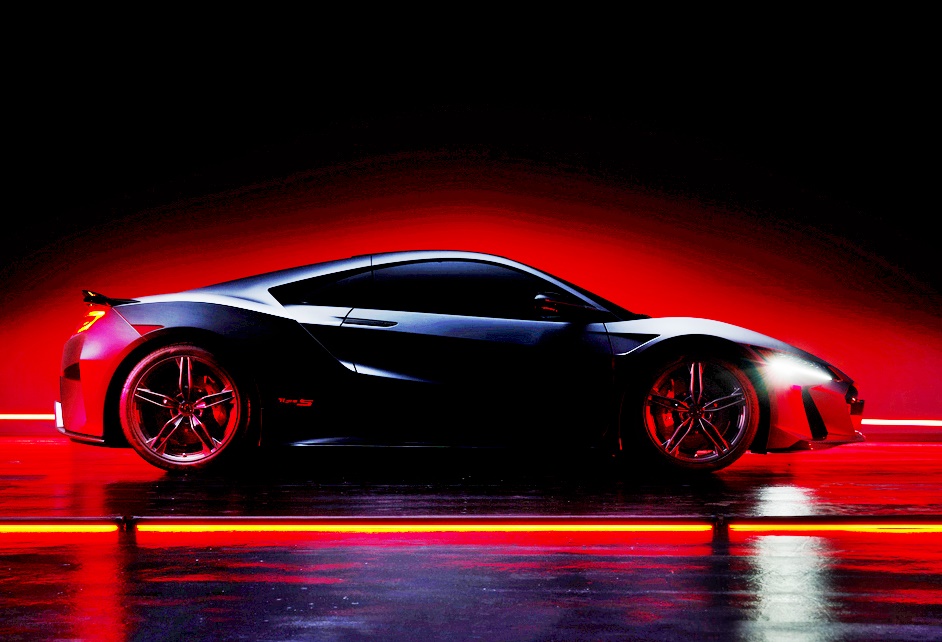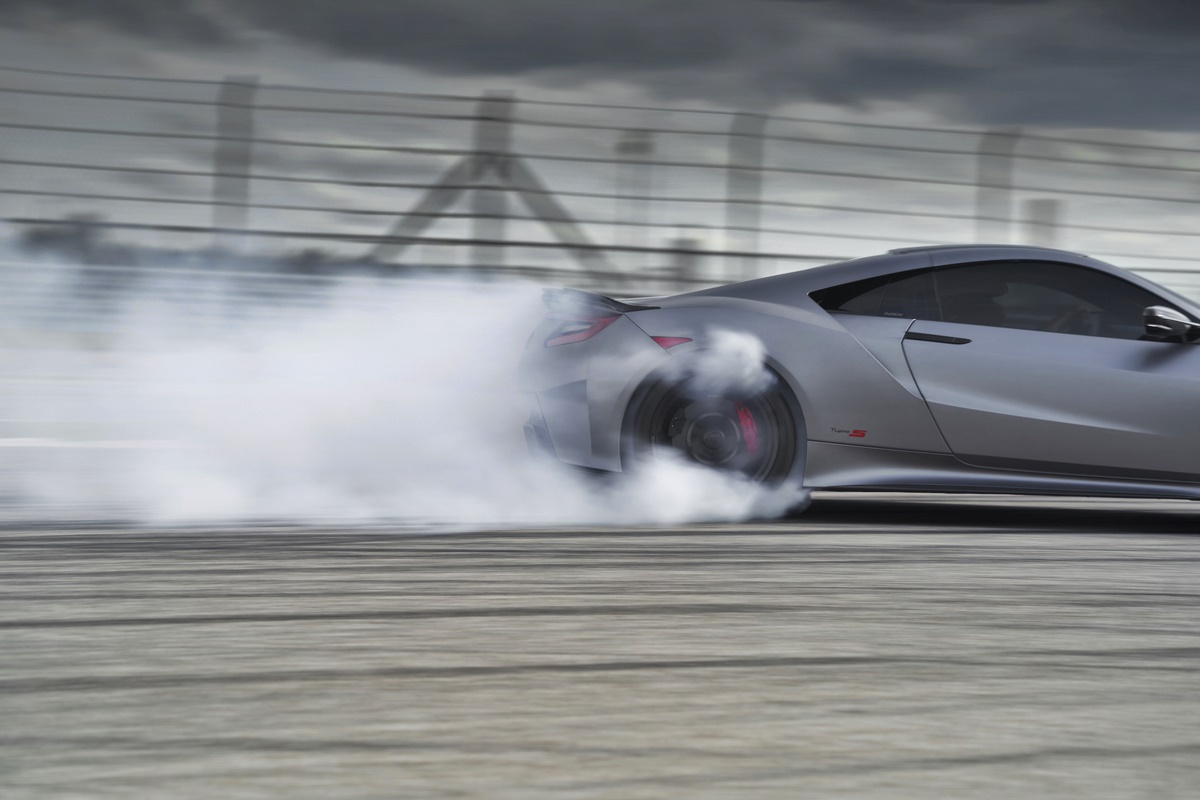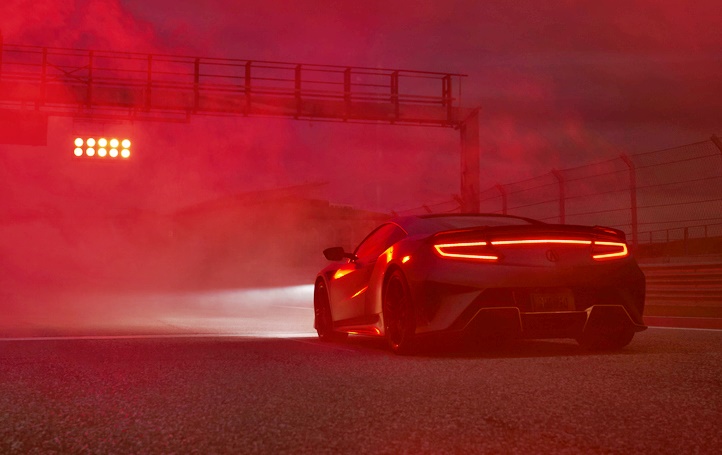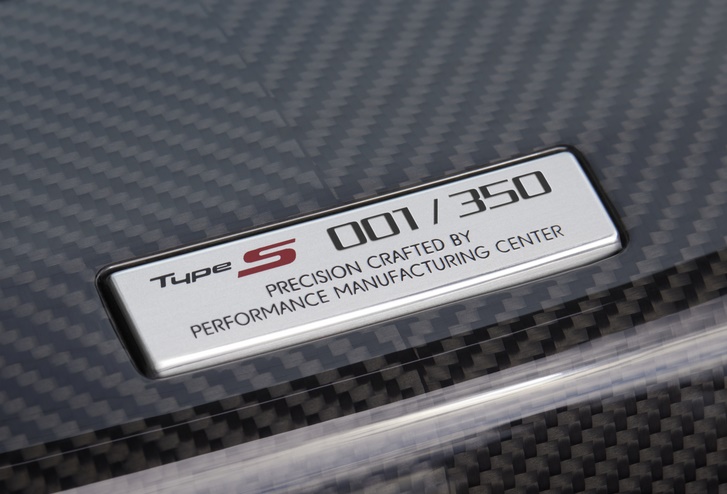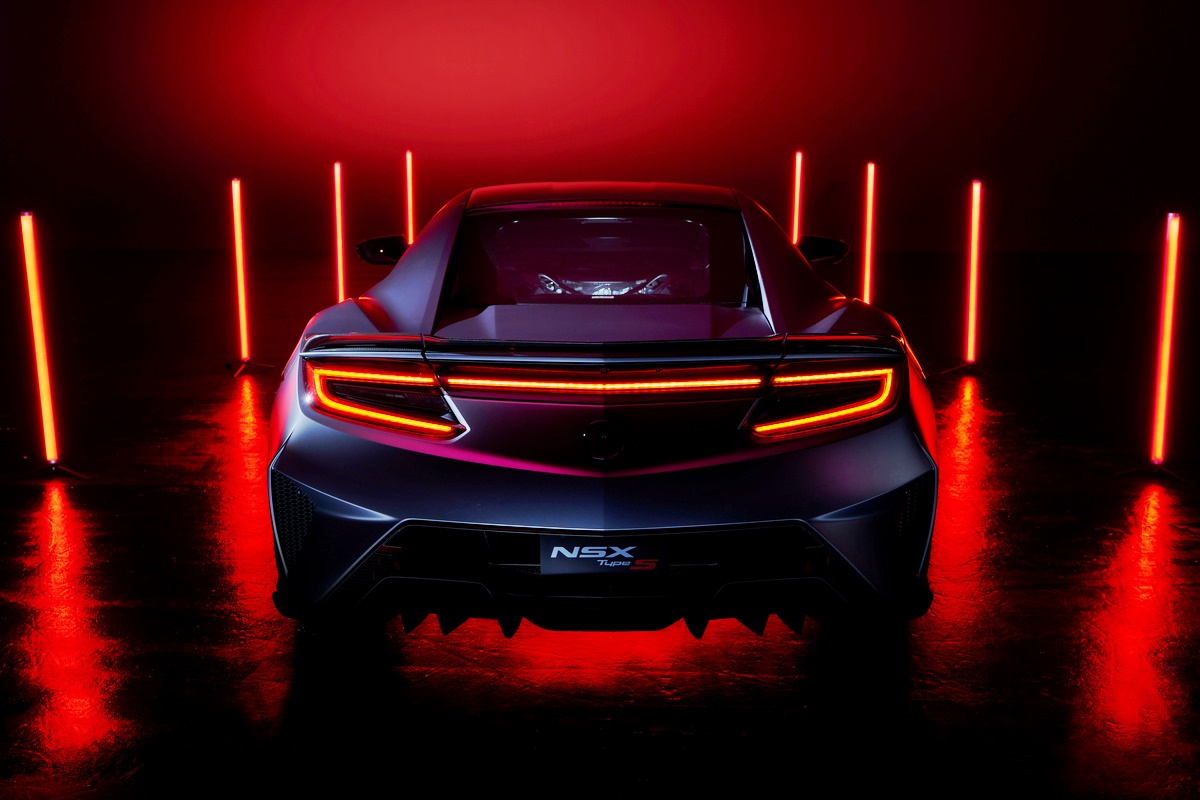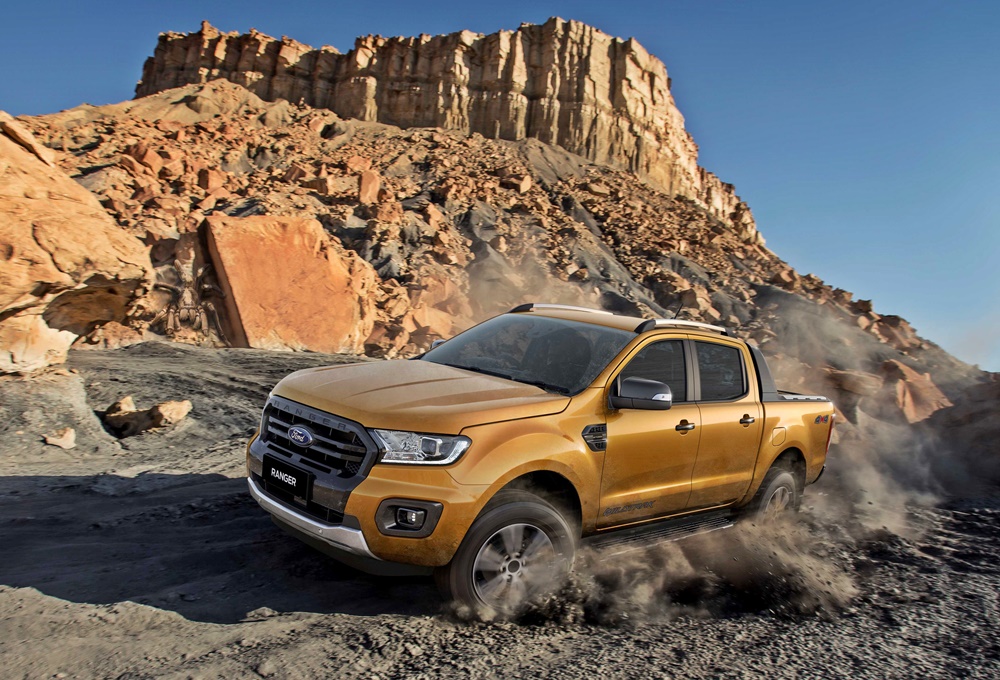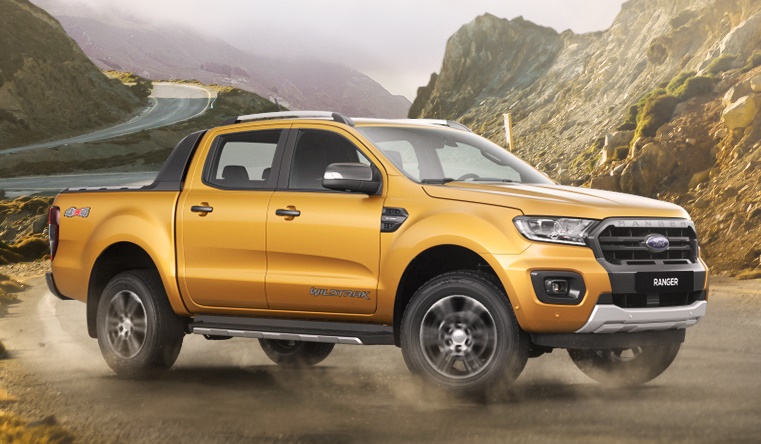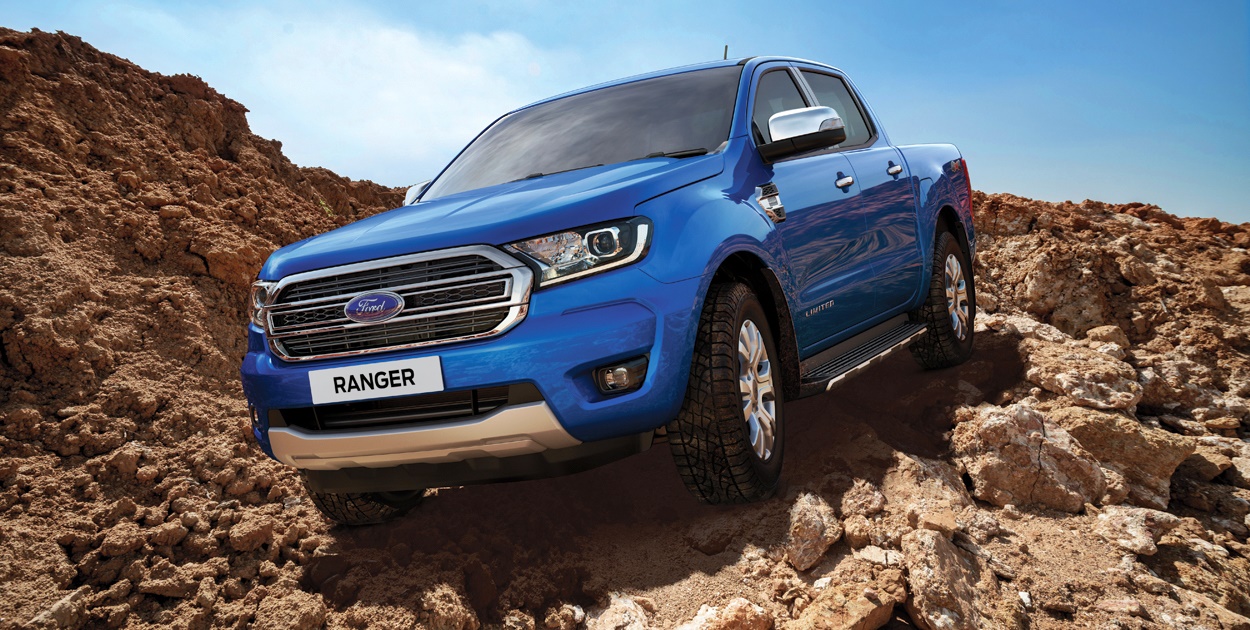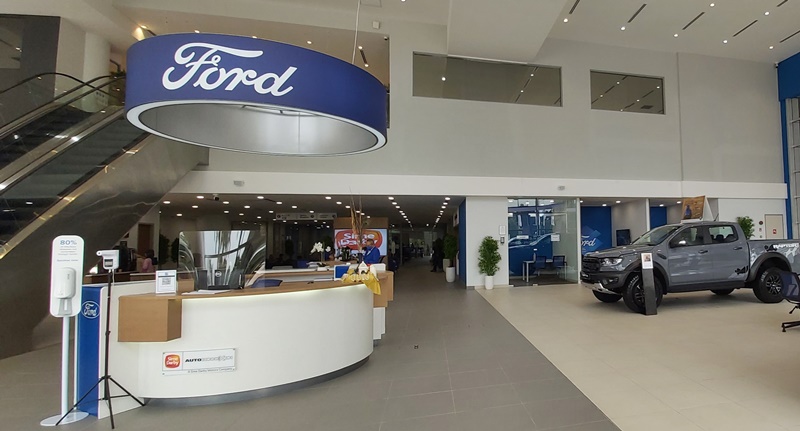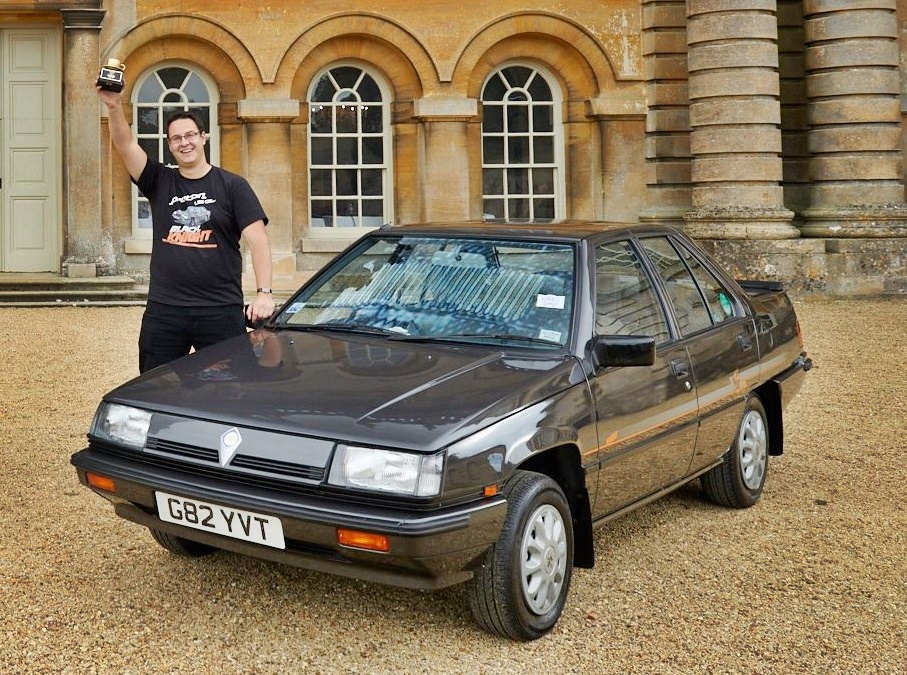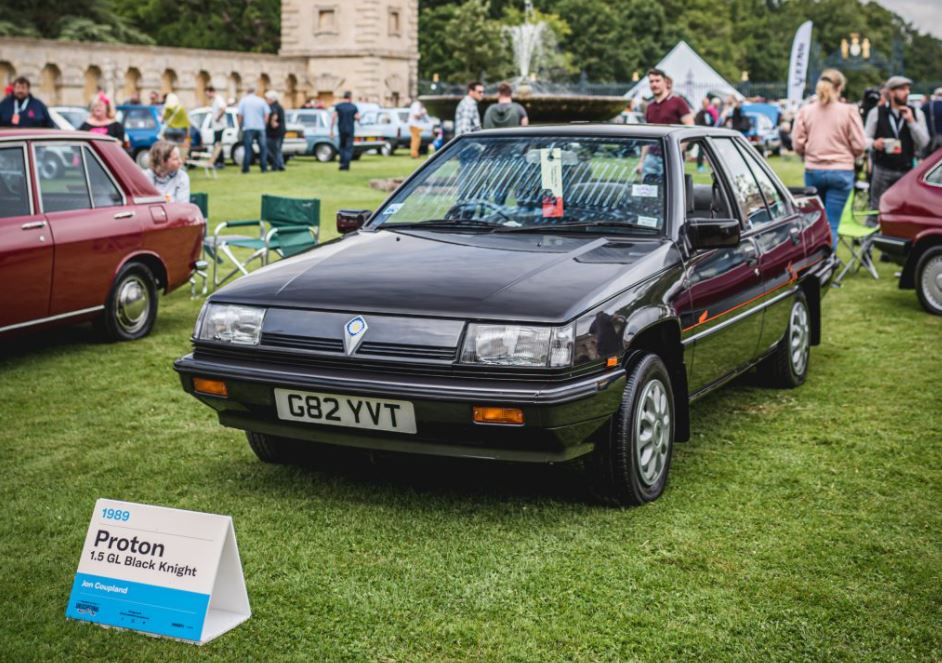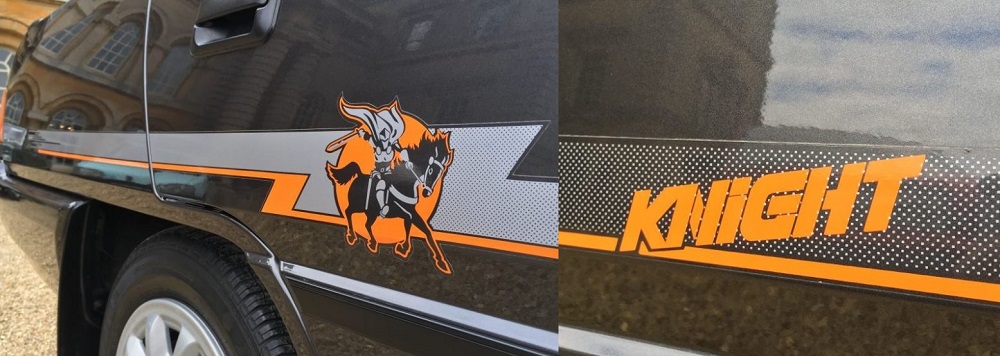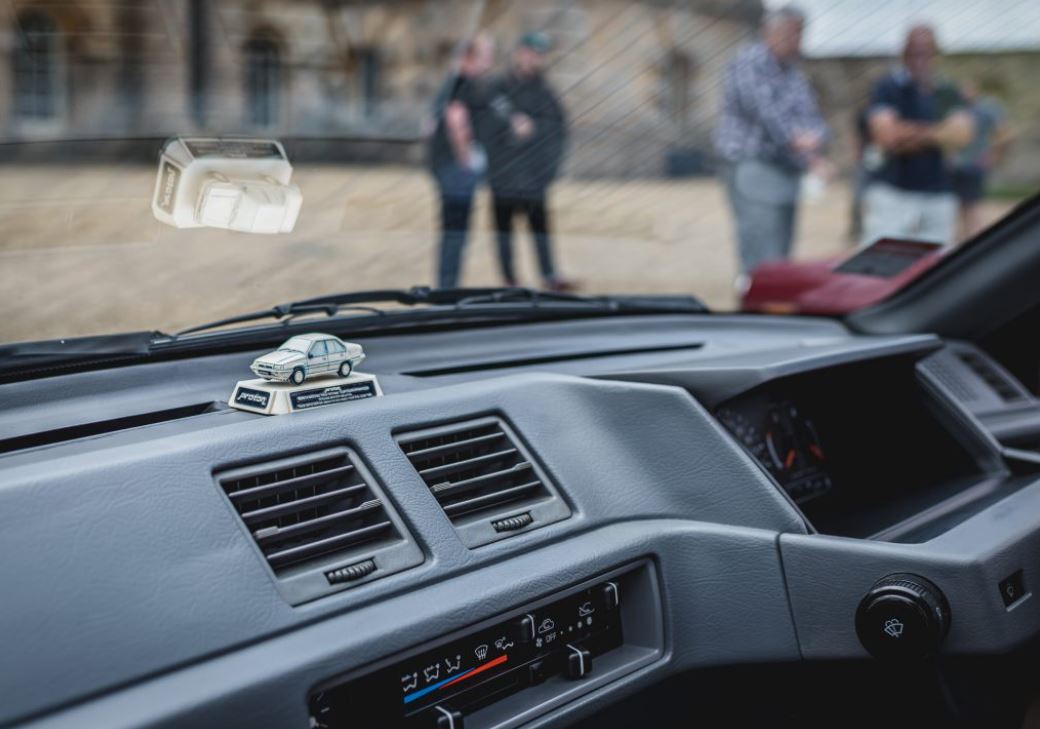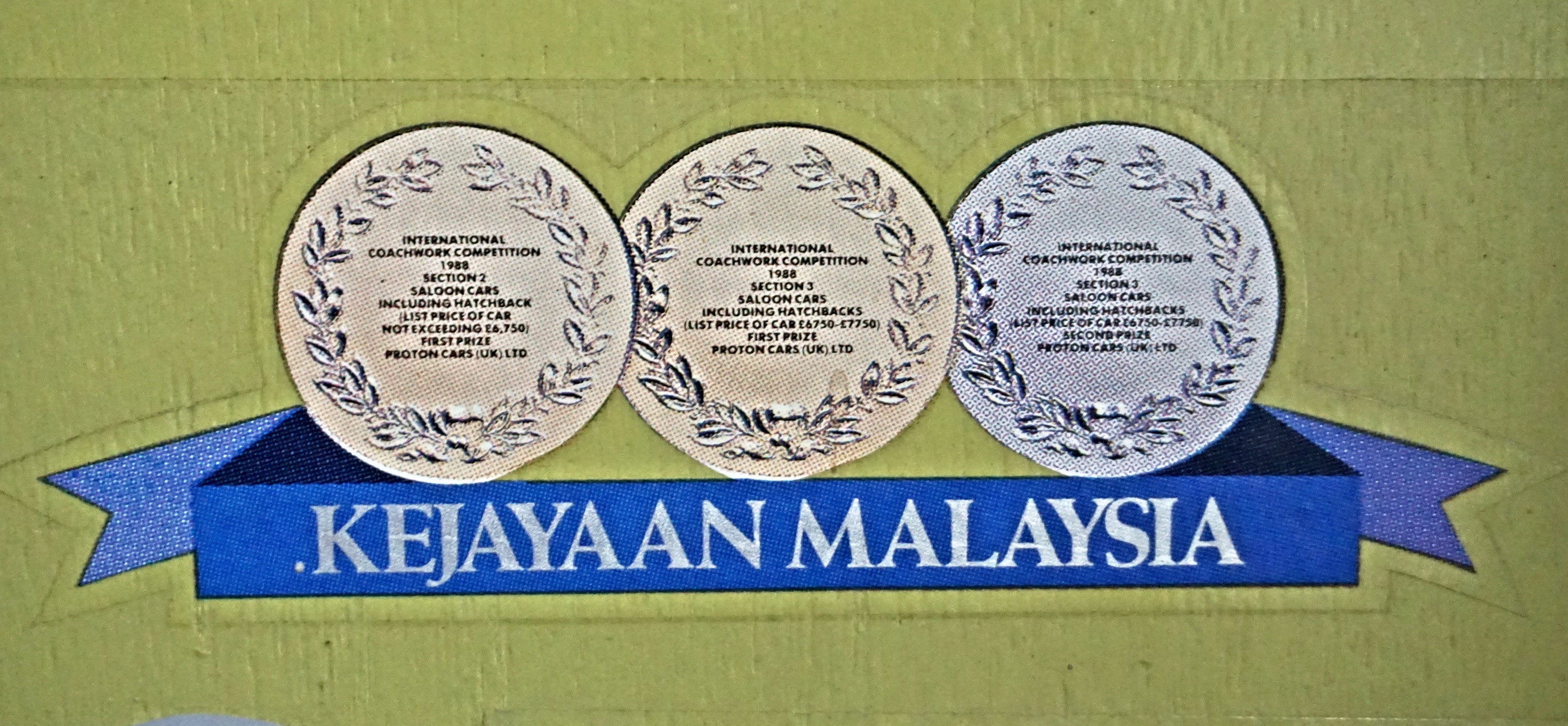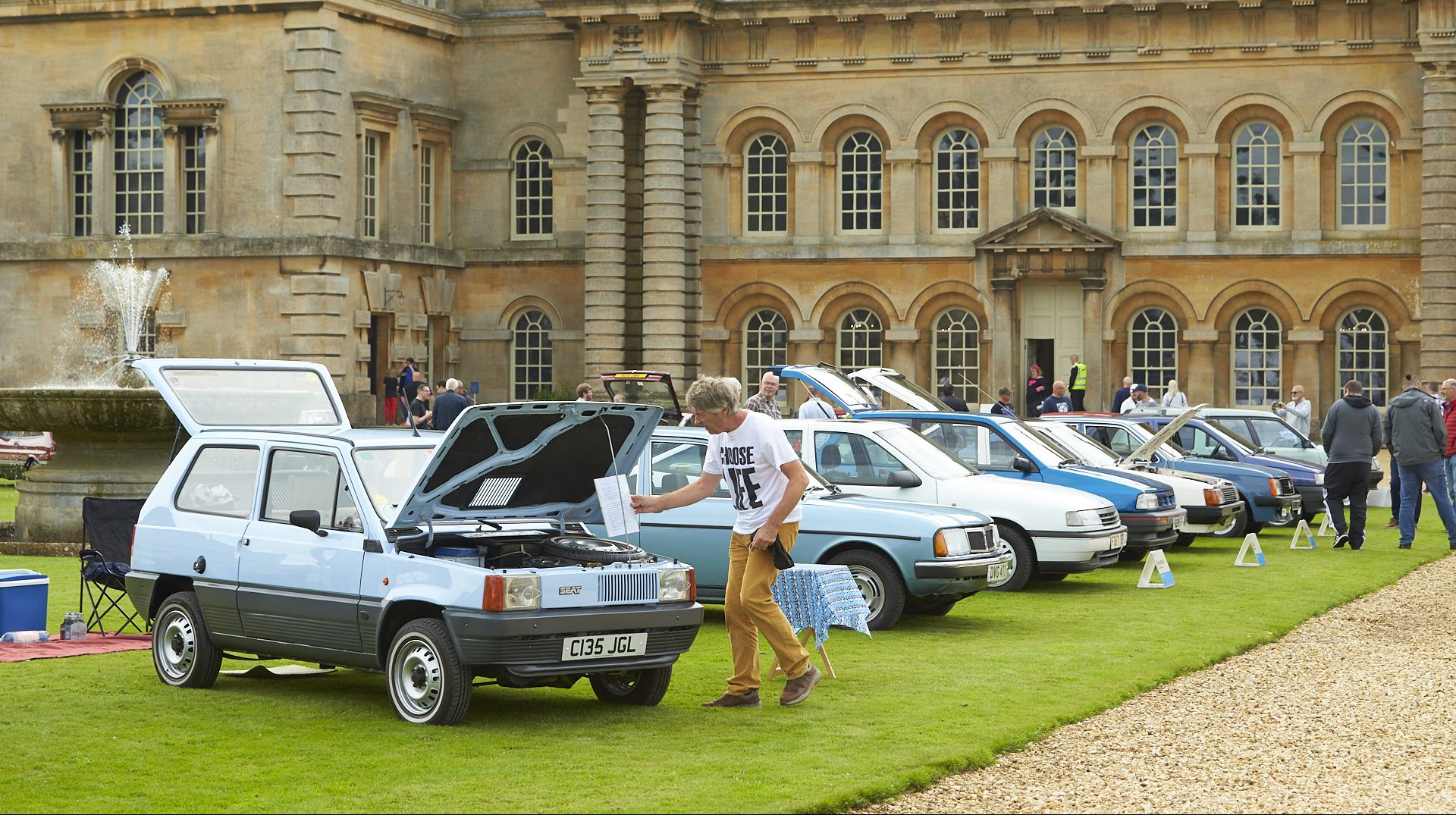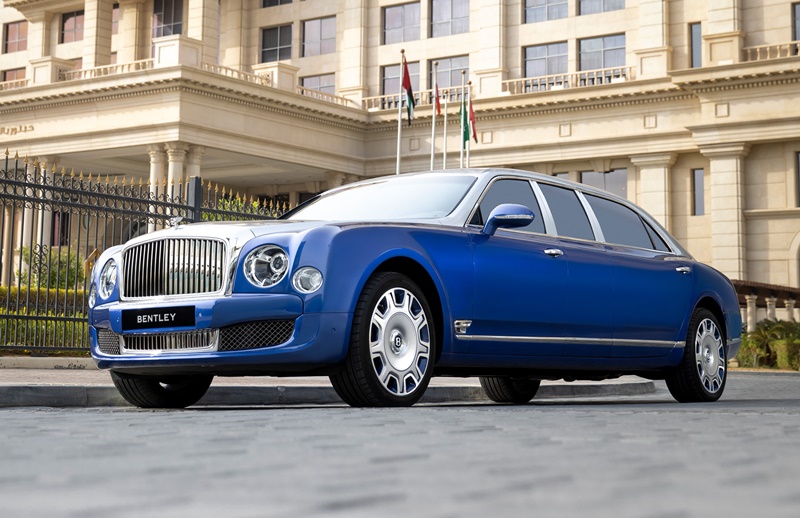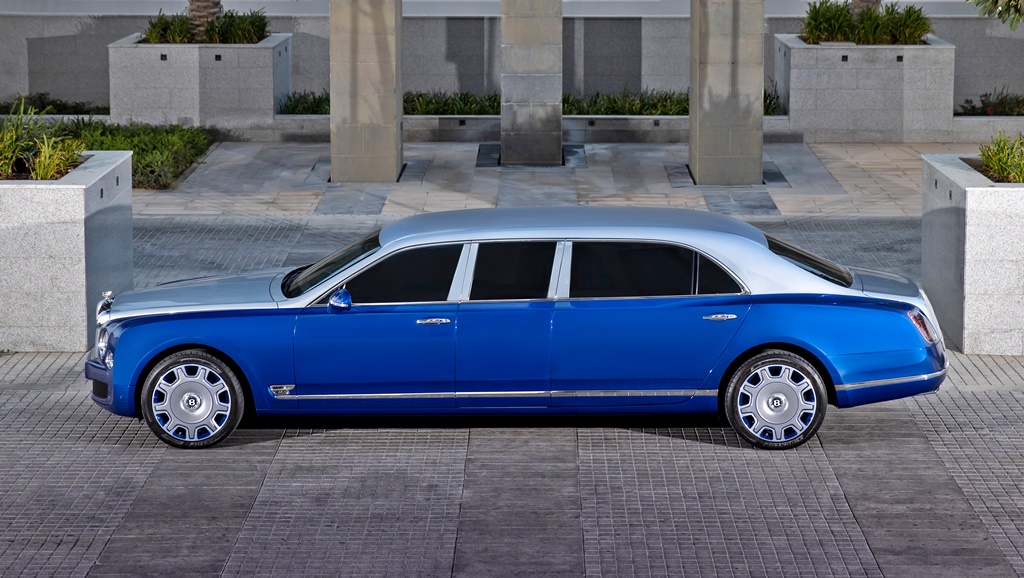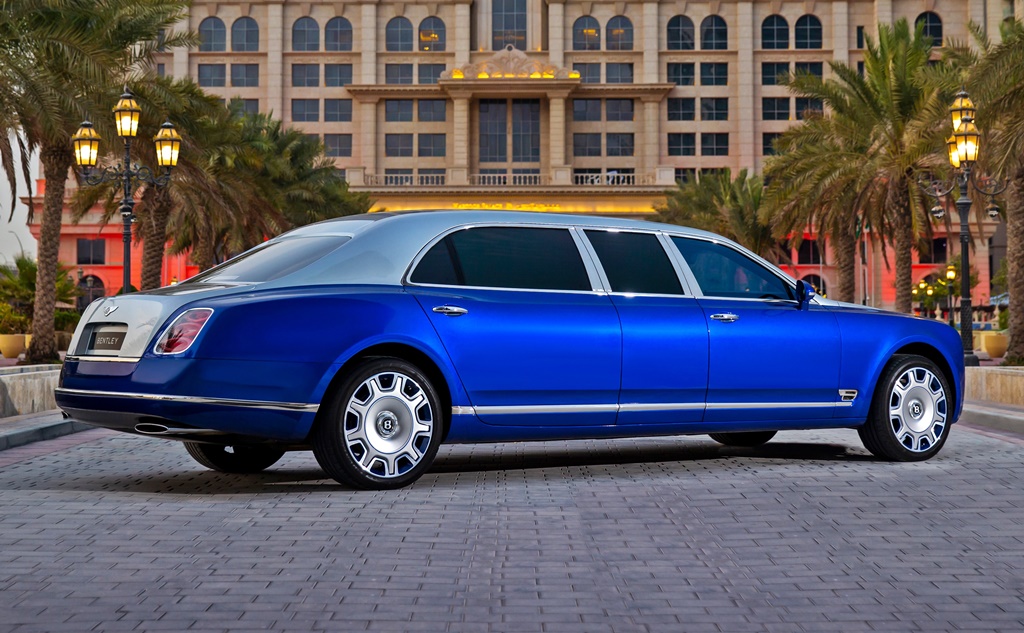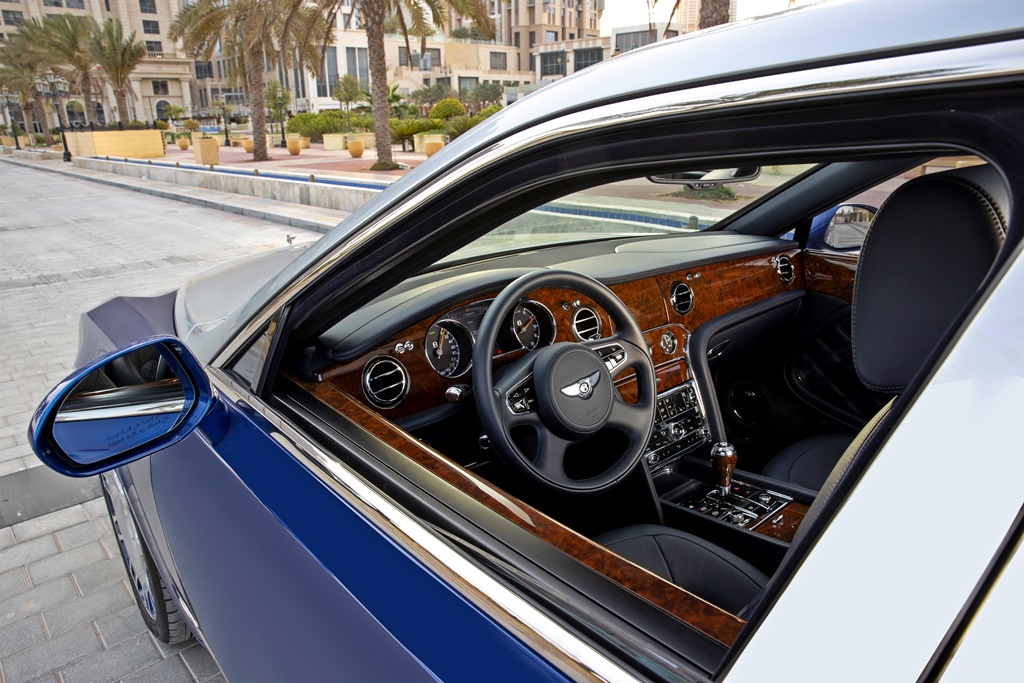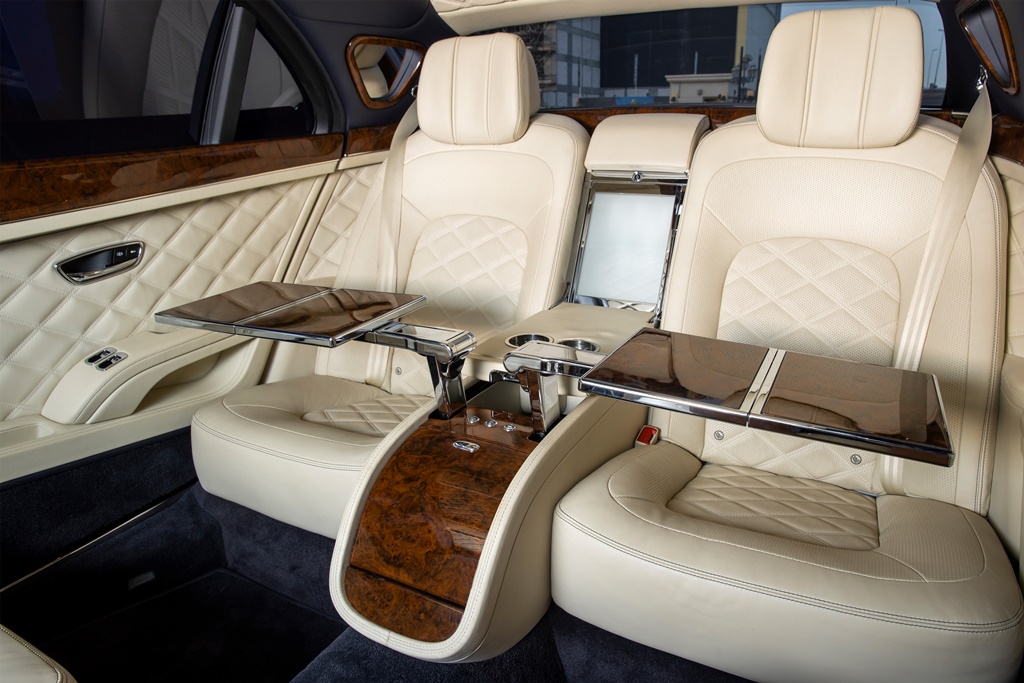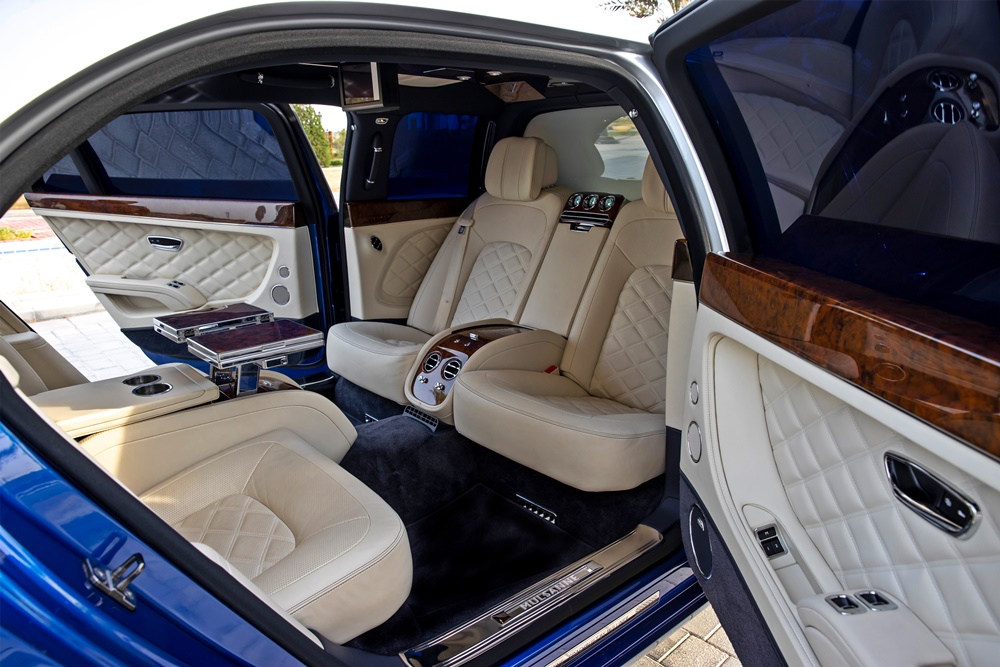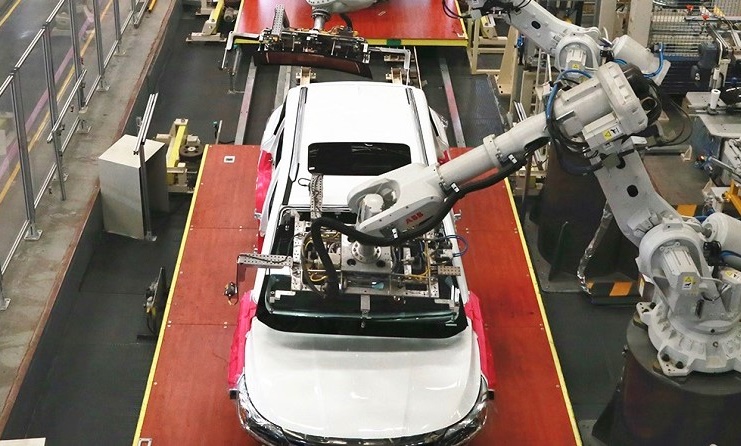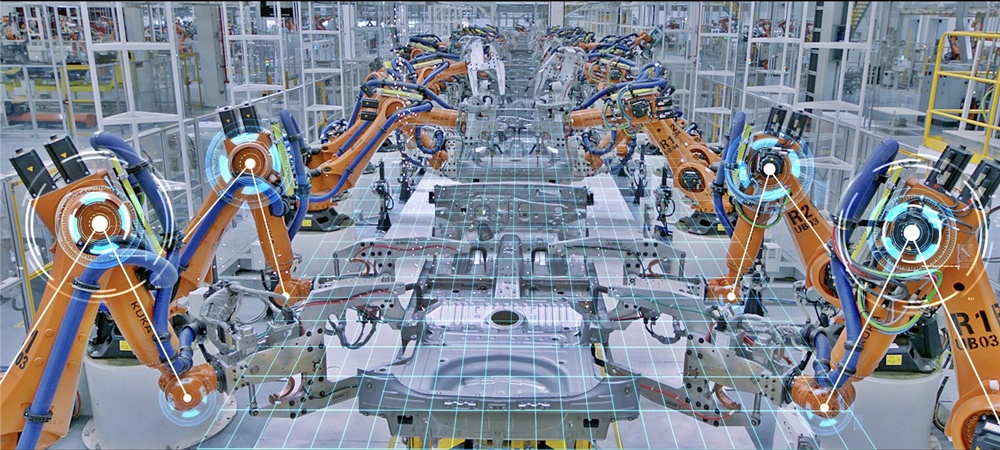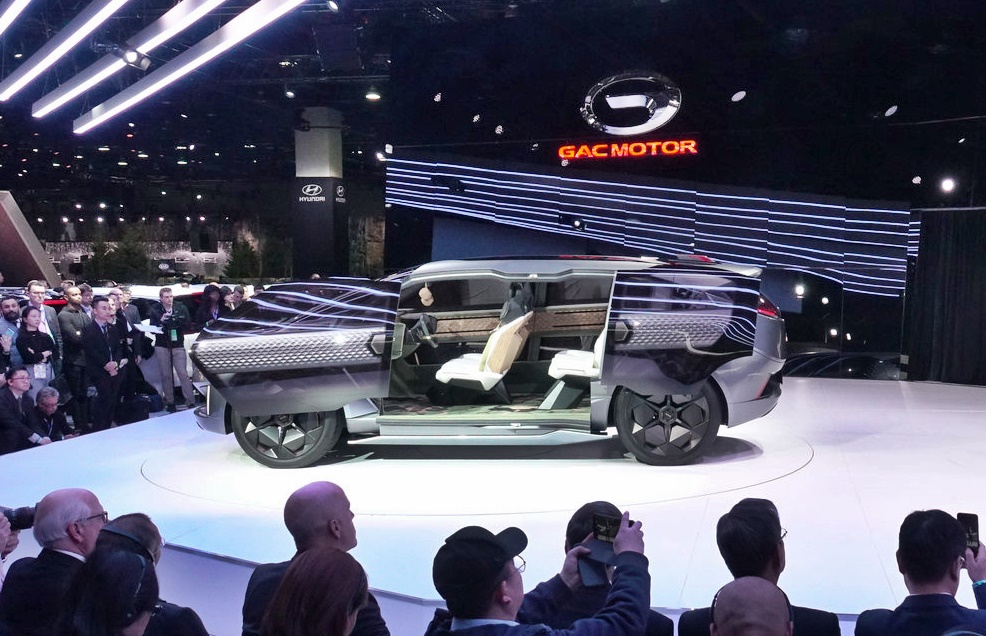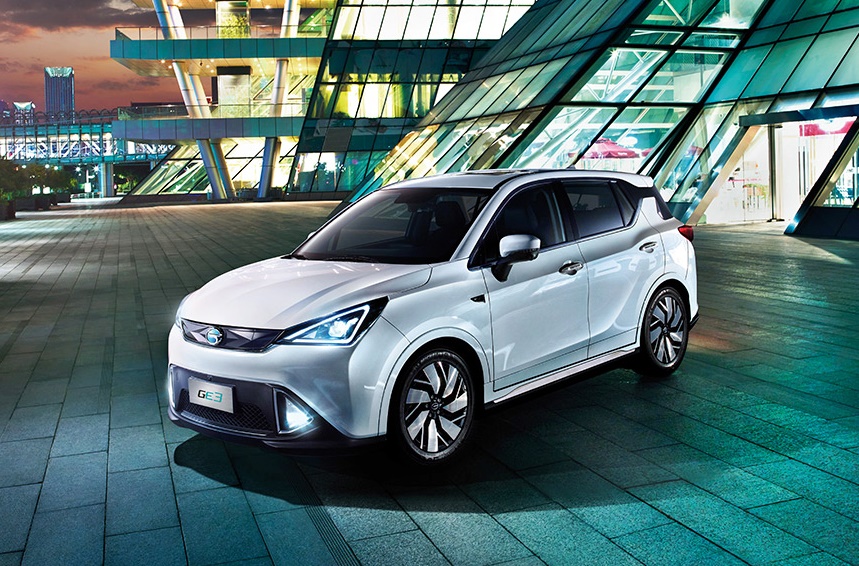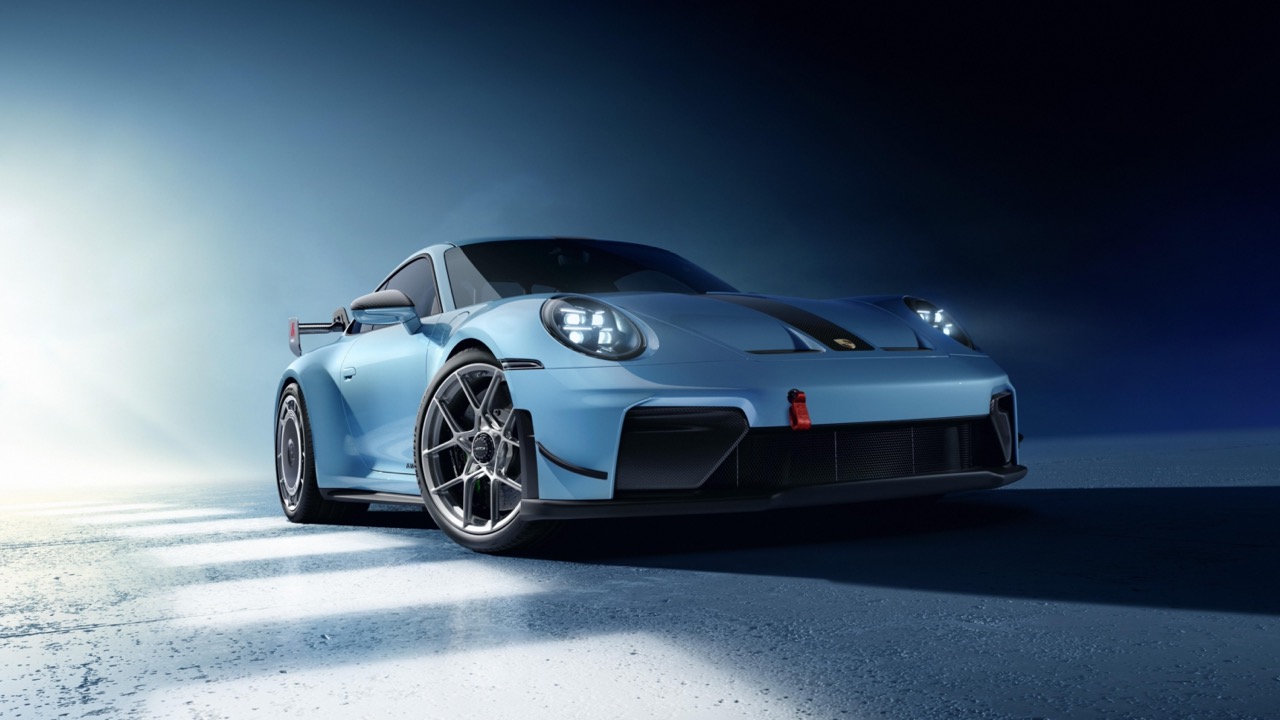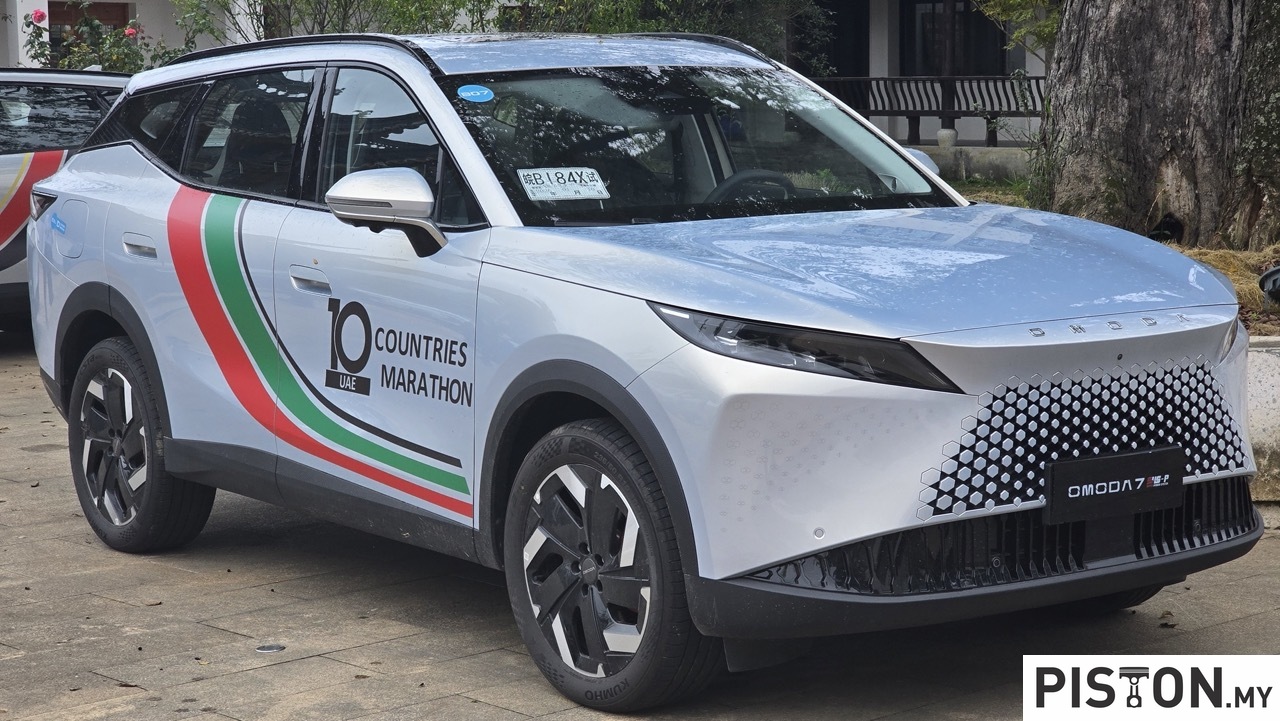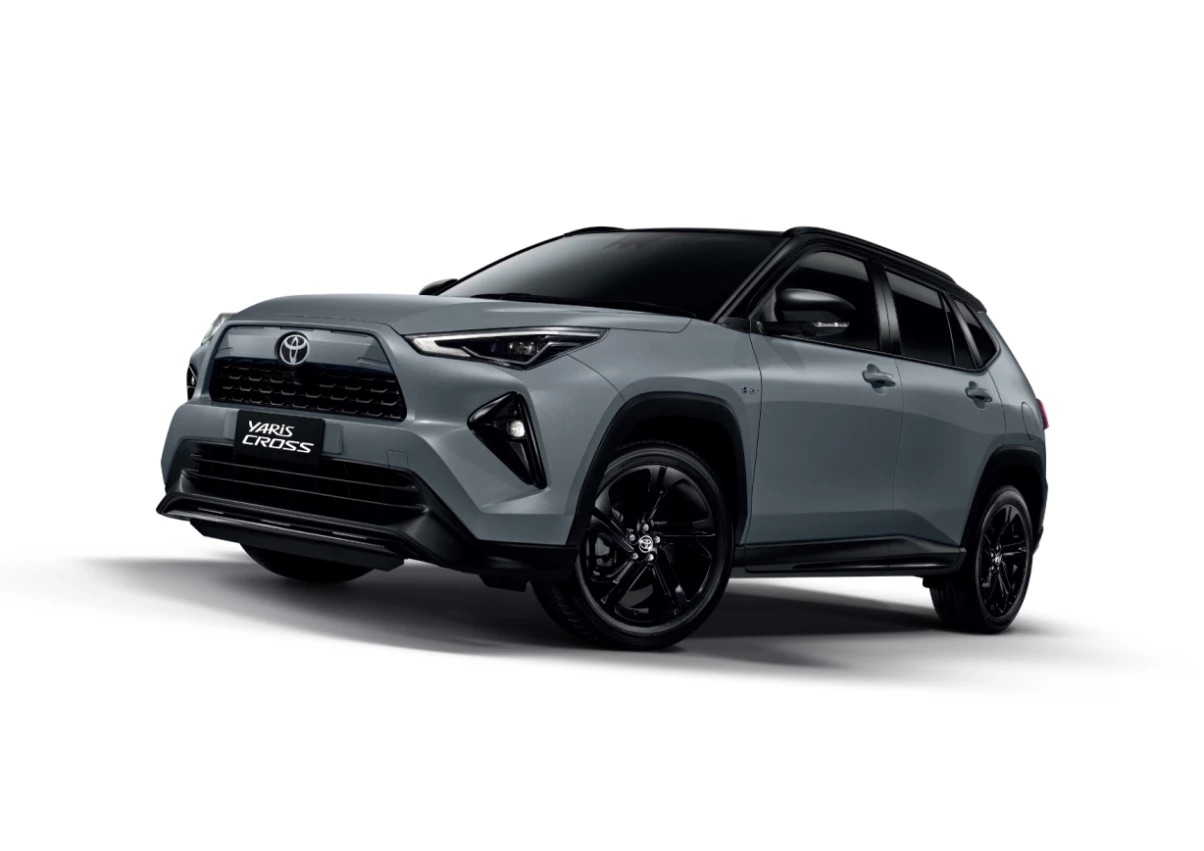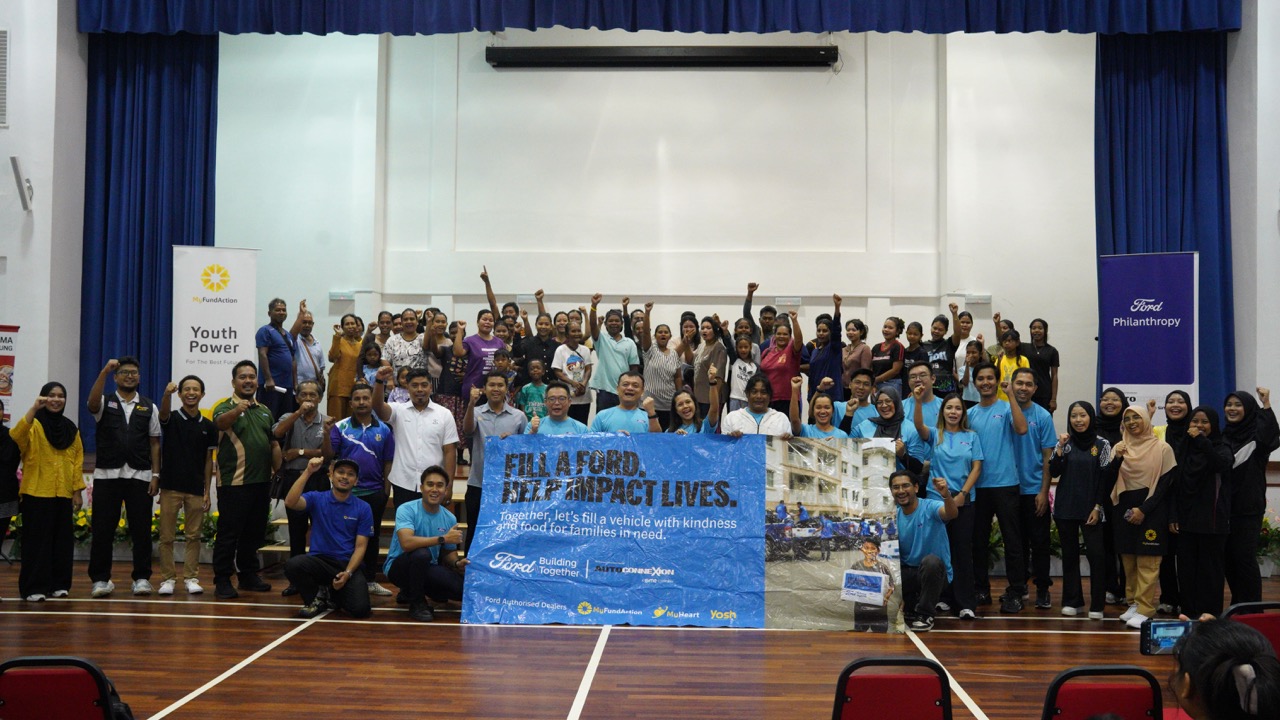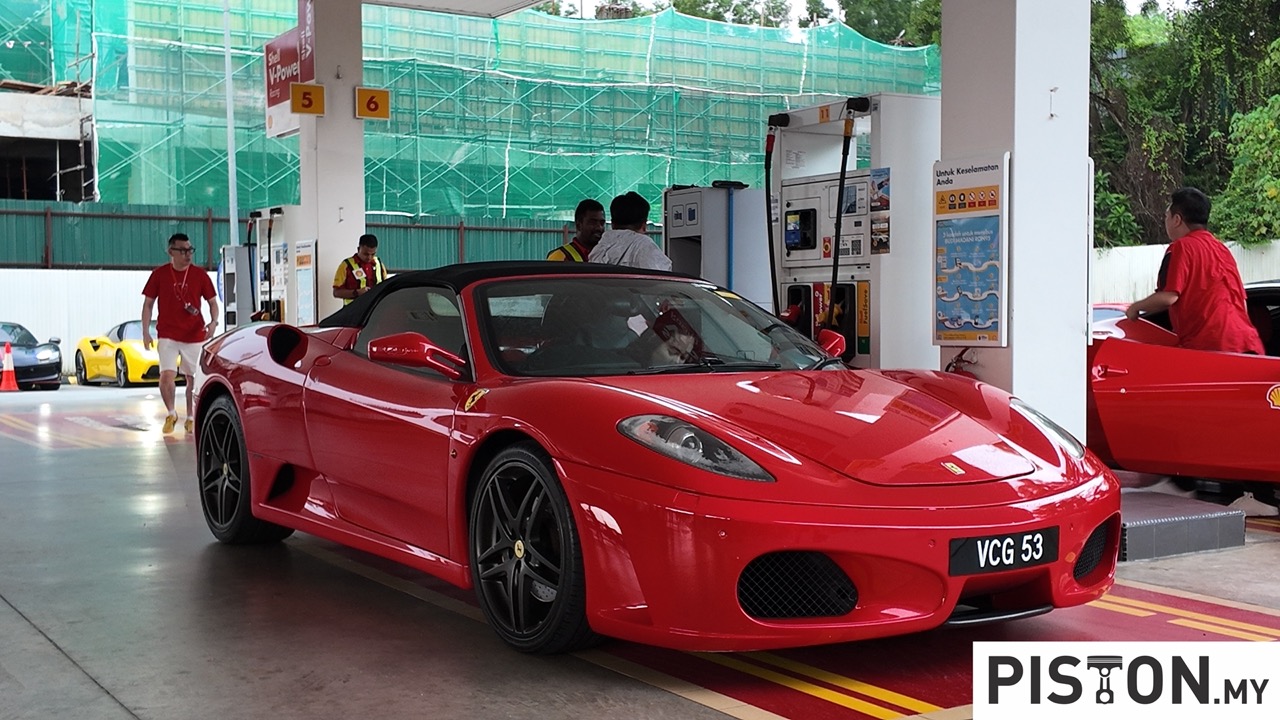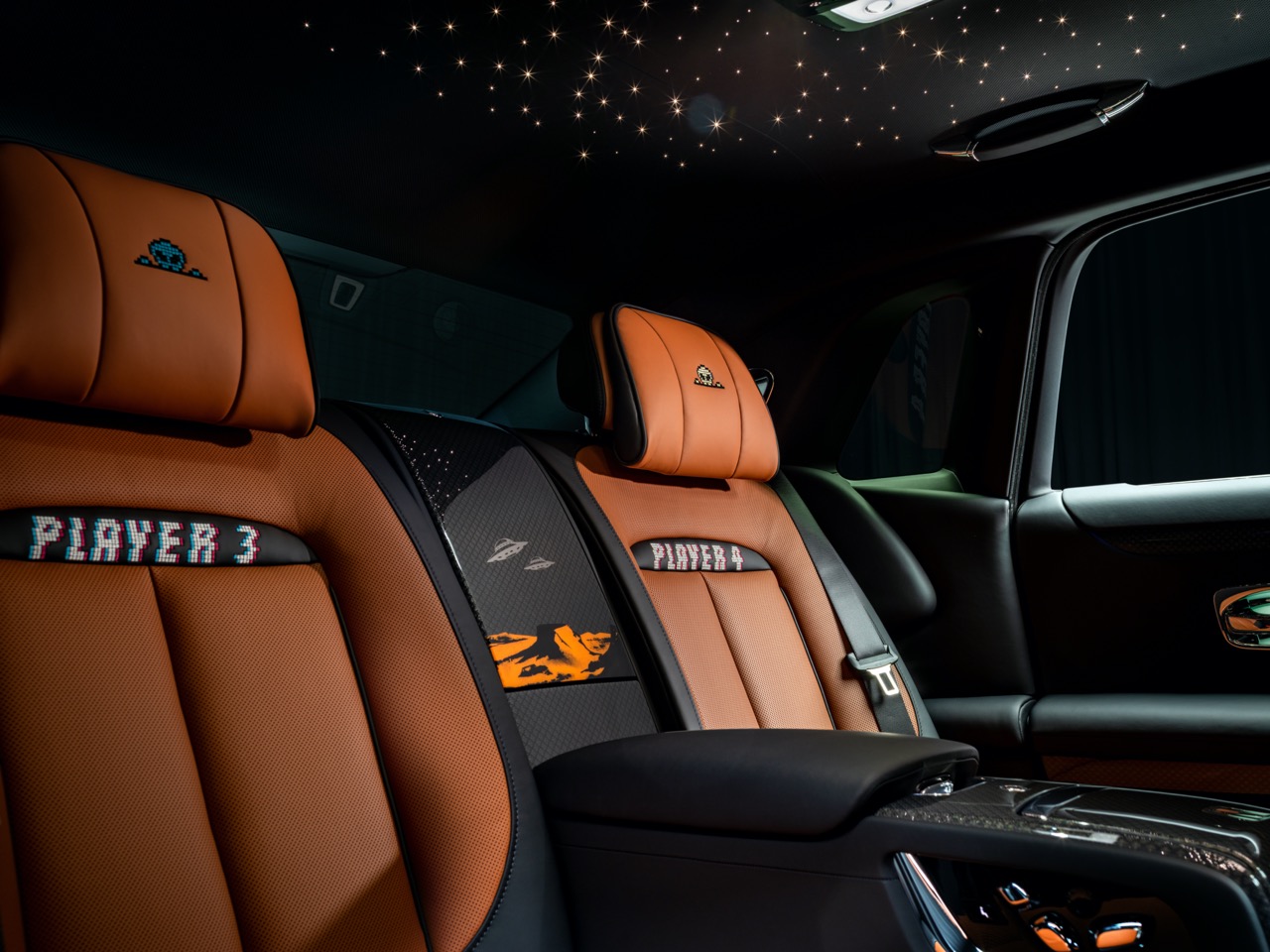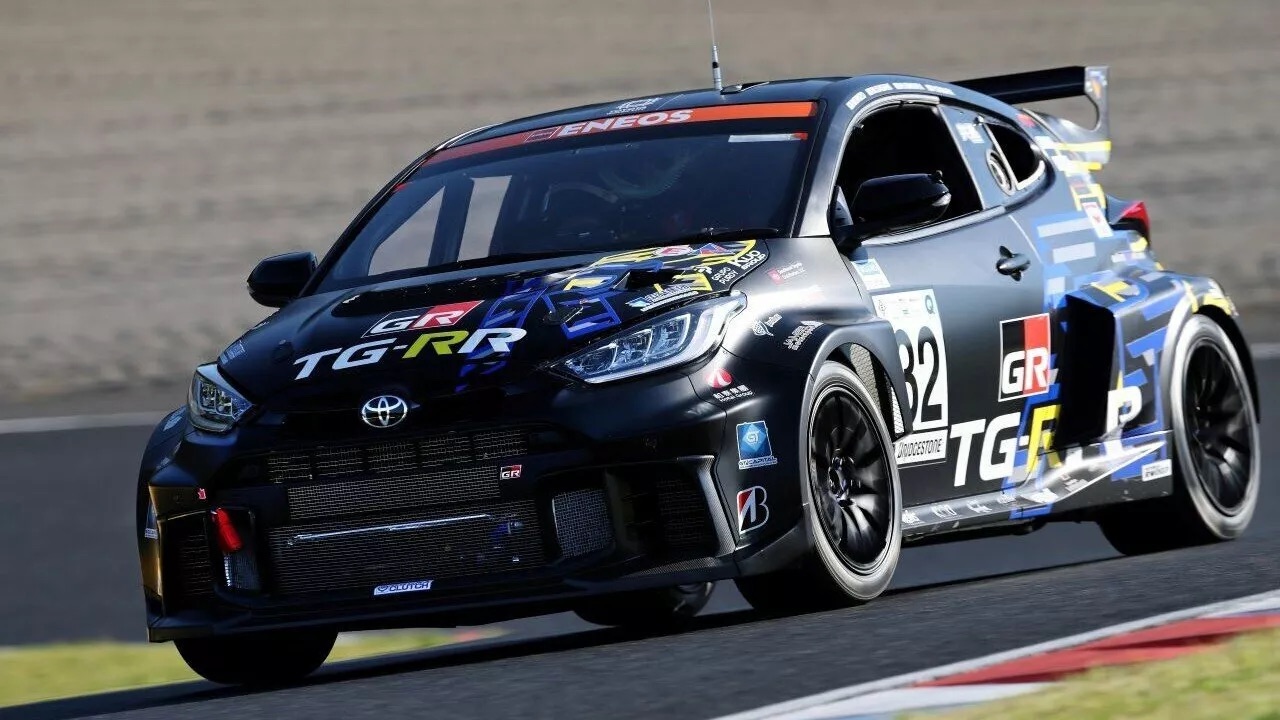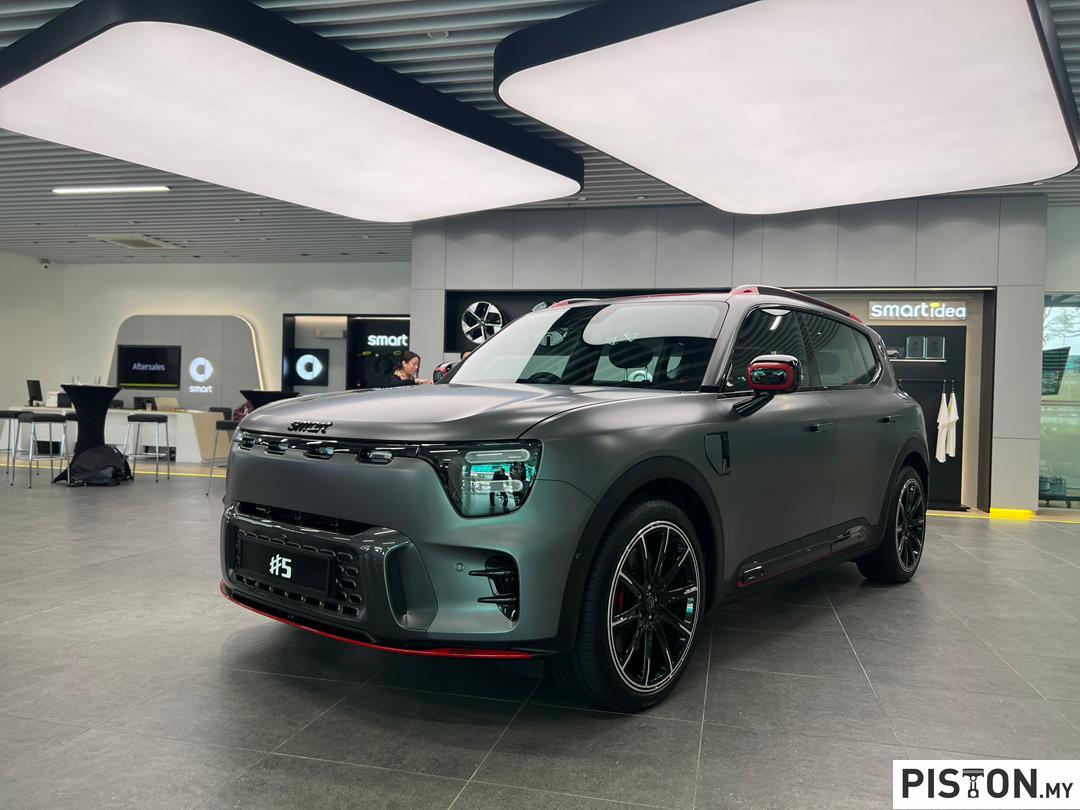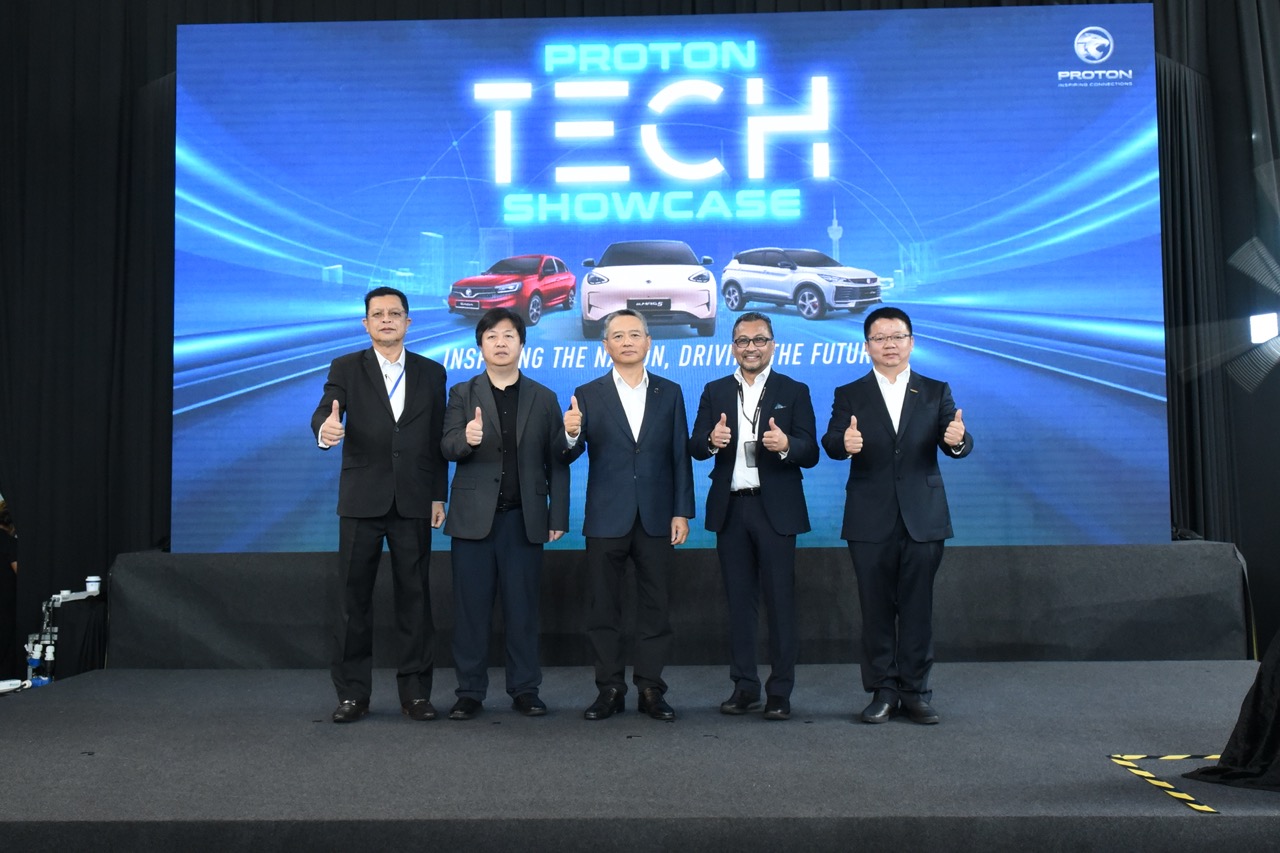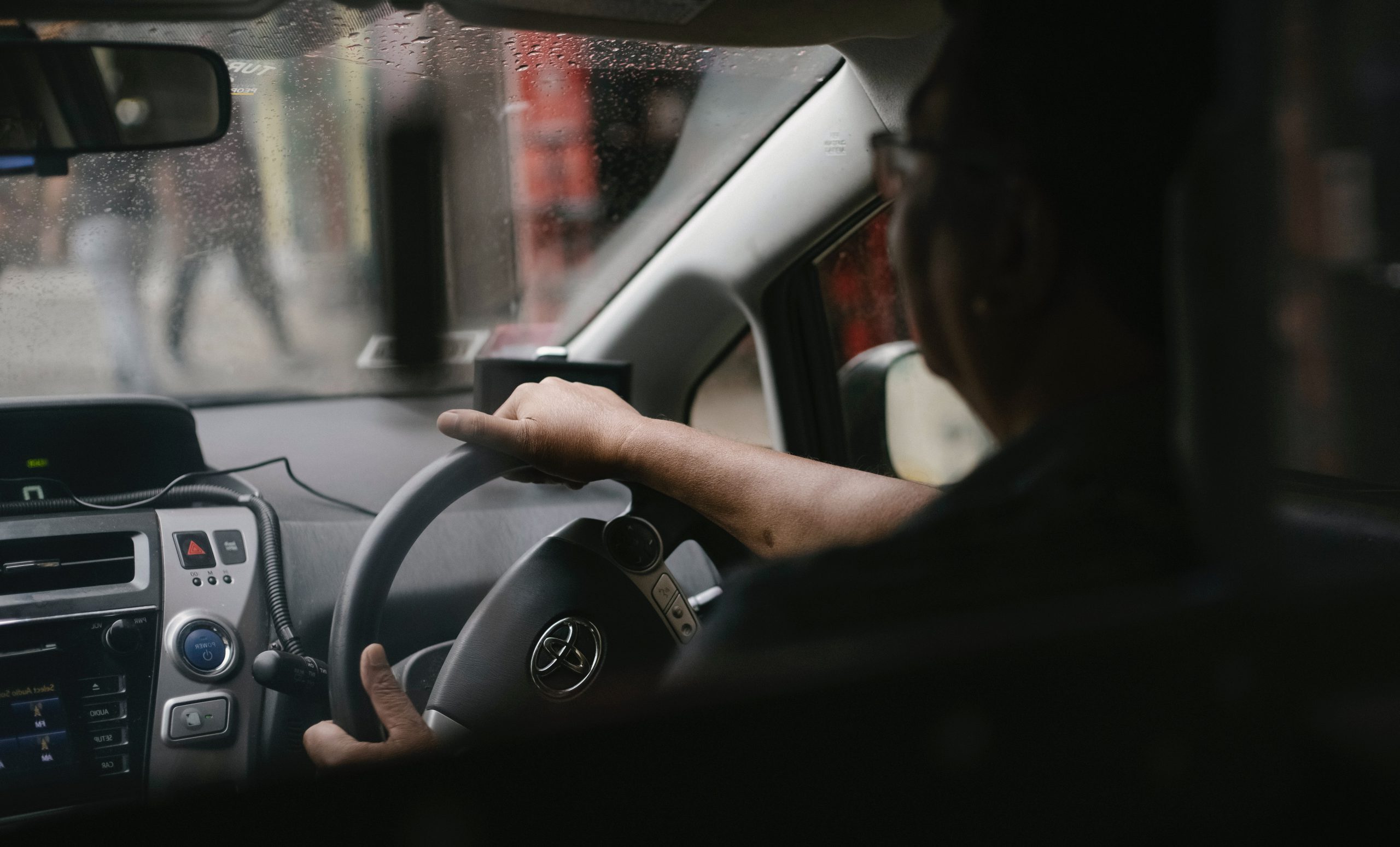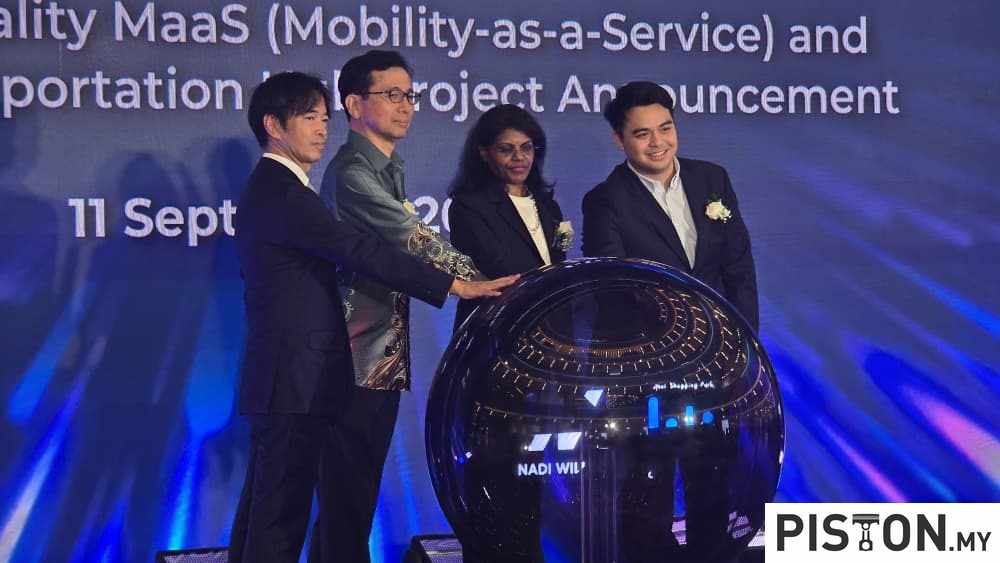Porsche Exclusive Manufaktur (PEM) , a department within the sportscar company, offers services to personalise and create exclusive versions of the various Porsche models. Being part of the company, it has access to all the engineering information as well as the expertise and technology to customise cars individually. From the first custom Porsche 356 in 1950 to the numerous models in today’s range, PEM can make subtle changes or extensive modifications as required by customers.
The 911 Targa 4S Heritage Design Edition is one of the special models developed by PEM. Based on the new 992 generation 911 Targa, it has design elements influenced by the 1950s and 1960s. Many of the elements, inside and outside, have been reinterpreted and combined with the latest technology by PEM.
Classic colours and graphics
The Cherry Metallic exterior colour exclusive to the 911 series brings to mind the style of the 1950s in a modern interpretation. Alternatively, two solid colours (Black and Guards Red), a metallic colour (GT Silver Metallic) and a special colour (Crayon) are also available. There are also other colour choices for those who want something that is more unique.
A striking design feature is the ‘Spears’ motorsport graphic on the front wings which are high-quality white livery elements in the shape of a spear. These ‘spears’ recall the early days of Porsche motorsports history, when the racing cars were painted after collisions to hide any marks. Later, the spears were used as a kind of ‘warpaint’ and became one of the first design elements customers used to personalise their vehicles.
There are also motorsport graphics with a historical design on the sides of this special model, conveying a high level of recognition of the 911 Speedster Heritage Design package of 2019. The sporty look can be supplemented by race numbers from 0 to 99 on request.
There’s also gold-coloured lettering at the rear and on the Targa bar, as well as the historic Porsche crest on the wheel hub cover and the bonnet. The Heritage Design Edition comes with 911 Carrera Exclusive Design wheels in high-gloss black (or, optionally, in platinum satin gloss) in 20-inch or 21-inch sizes and black-painted brake calipers with the classic look. Other design features include the Porsche Heritage badge on the luggage compartment grille and silver sports tailpipes.
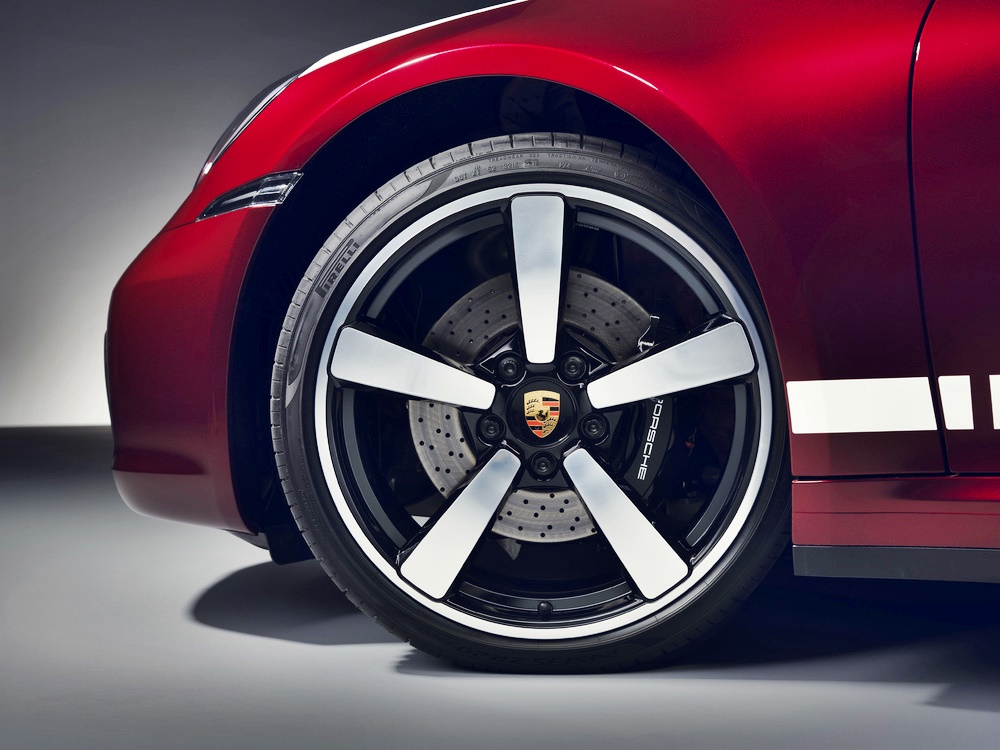
Corduroy comeback inside
The snug cabin has brushed aluminium panels bearing the words ‘911 Targa 4S Heritage Design Edition’ with Heritage Design floor mats as a matching detail. The Bordeaux Red 2-tone leather upholstery and Atacama Beige OLEA club leather (black is also available) were designed exclusively for this edition. Customers can also choose two-tone leather upholstery in Black and Atacama Beige.
Corduroy, a fabric already used in the 356 model, makes a comeback and brings the fashion style of the 1950s back to life. This soft ribbed fabric is used on the centre panels of the seats and in the door panels. The interior appointments are rounded off with perforated Alcantara in Atacama Beige on the headlining and the pillars.
Historical bonds of instruments
The instrument panel with 2 high-resolution 7-inch displays creates historical bonds in various ways. One is the classic pointer on the analogue tachometer. When the engine is started, the colour of the hands and digits changes from white to green. The equally green scale lines are derived from the 356. The clock from the standard Sport Chrono package on top of the instrument panel also has green digits.
Each owner gets the car key painted in the exterior colour and a key pouch made of 2-tone leather, also enhanced with the historical Porsche crest. The leather document folder and the specially designed indoor car cover underline the vehicle’s aim of being a true collector’s item.
Same powertrain as latest 911 Targa
The powertrain, chassis, and driver assistance systems are similar to that found with the latest new 992 generation 911 Targa. It is powered by a 2981 cc 450 ps/630 Nm biturbo 6-cylinder boxer engine which, with the 8-speed dual-clutch transmission, can propel the 911 Targa (with Launch Control) from 0 – 100 km/h in less than 3.6 seconds on its way to a top speed of 304 km/h, it is claimed.
The 911 Targa 4S Heritage Design Edition is now available from Sime Darby Auto Performance (SDAP). With the sales tax exemption (till the end of 2021), it is priced from RM1,677,409 (excluding insurance).
“We’re bringing back our iconic looks from different eras and proving that Porsche stays true to its roots, even in the age of electrification. The 911 Targa 4S Heritage Design Edition evokes the memories of the 1950s, 1960s, 1970s, and 1980s and translates these elements into a modern-day sports car that excites Porsche customers through the lifestyle dimensions,” said Christopher Hunter, CEO of Sime Darby Auto Performance.
First Classic Partner Centre in Malaysia
“In addition to the arrival of the new 911 Targa 4S Heritage Design Edition, Porsche Centre Johor Bahru will be the first Classic Partner Centre in Malaysia and is scheduled for opening at the end of this year. This will further enhance the customer experience where Porschephiles can now refurbish and upkeep their classic Porsches at this new facility,” Mr. Hunter added.
Click here for more information on Porsche products, services and showroom locations in Malaysia.

